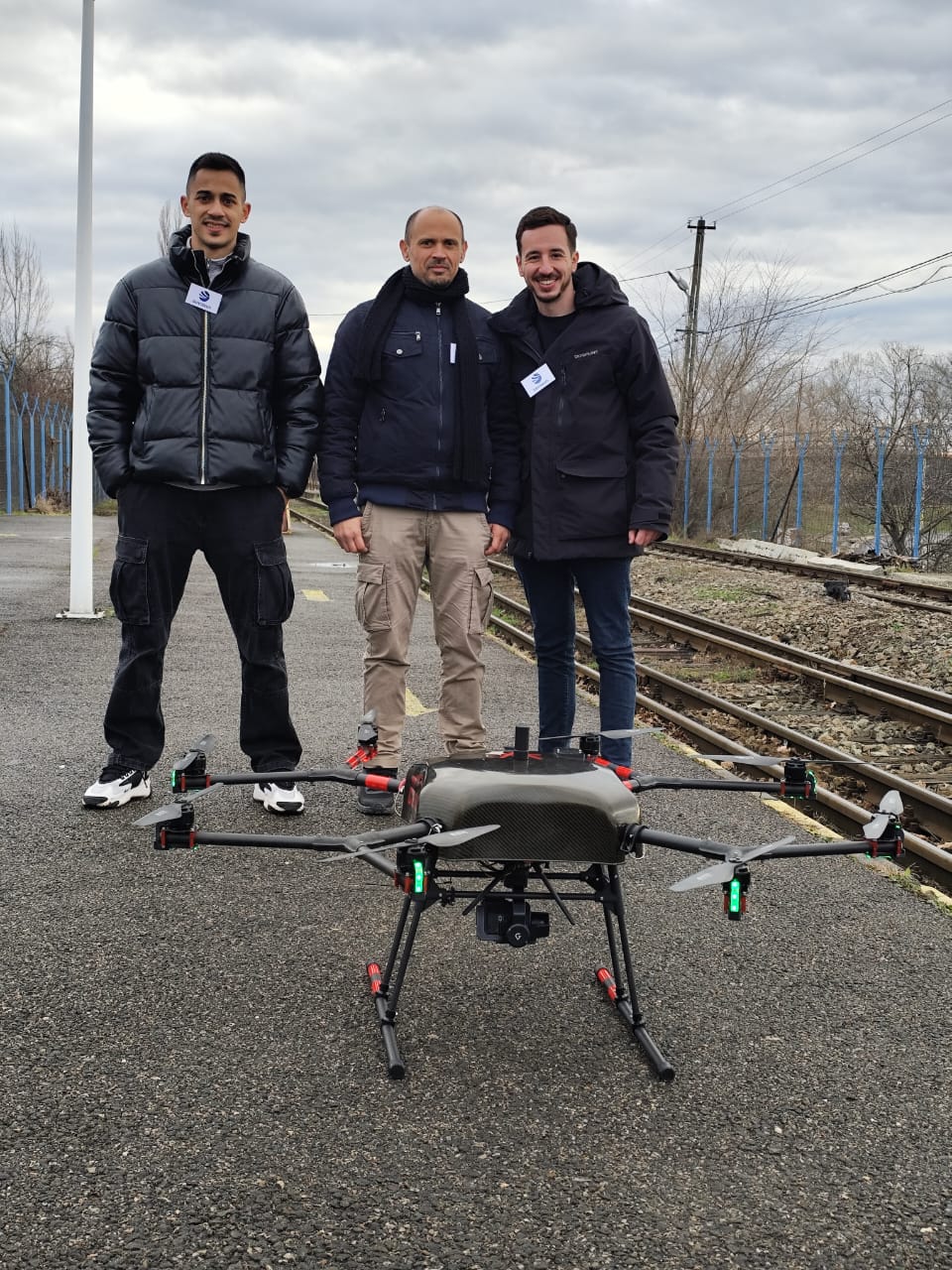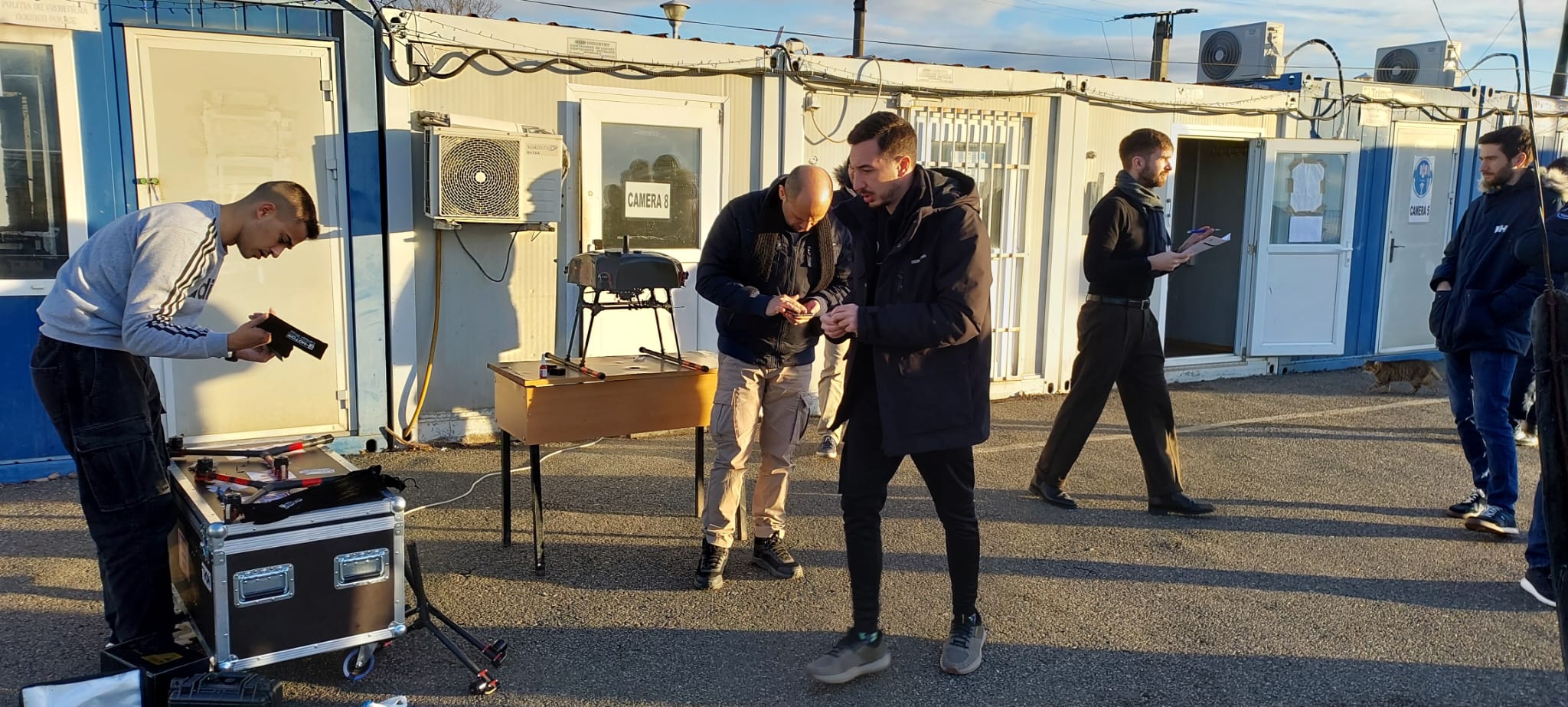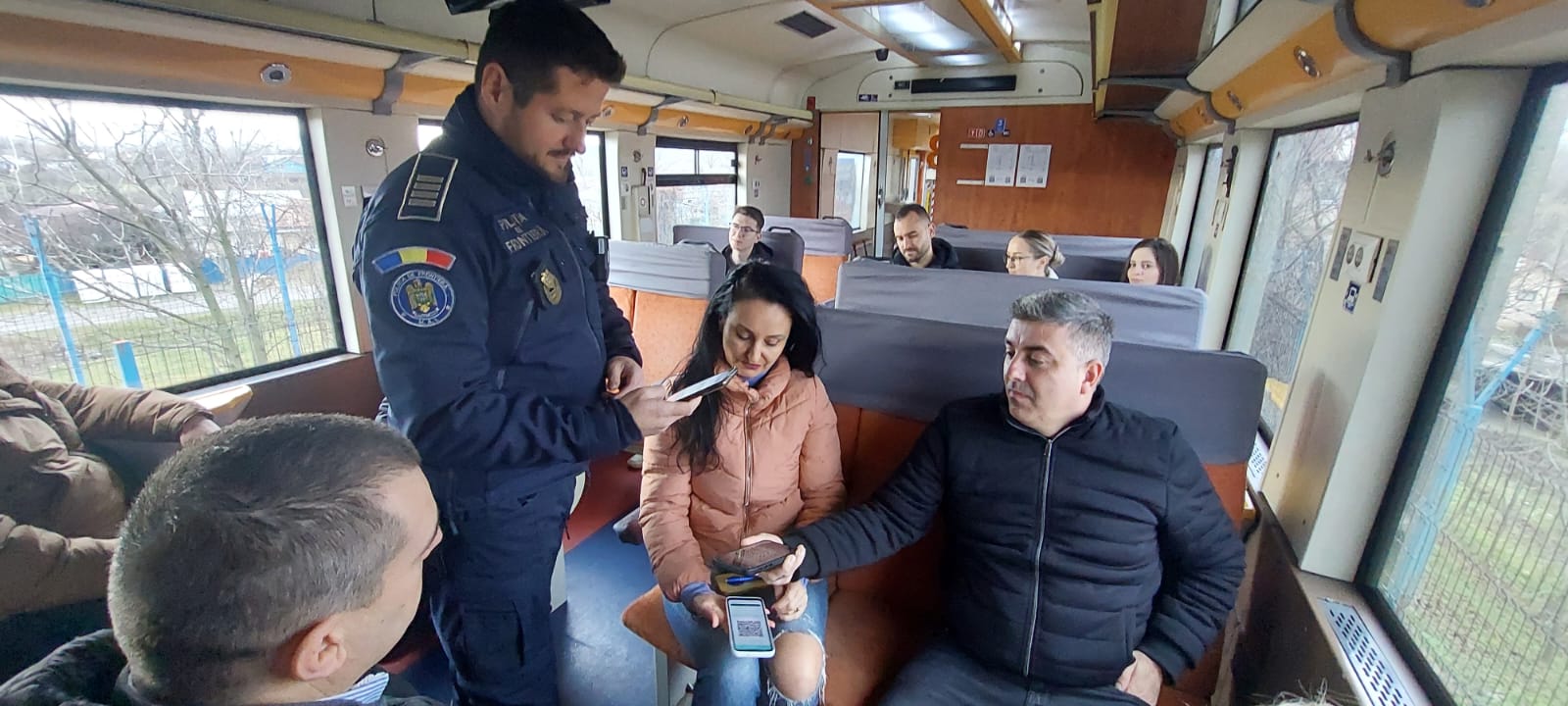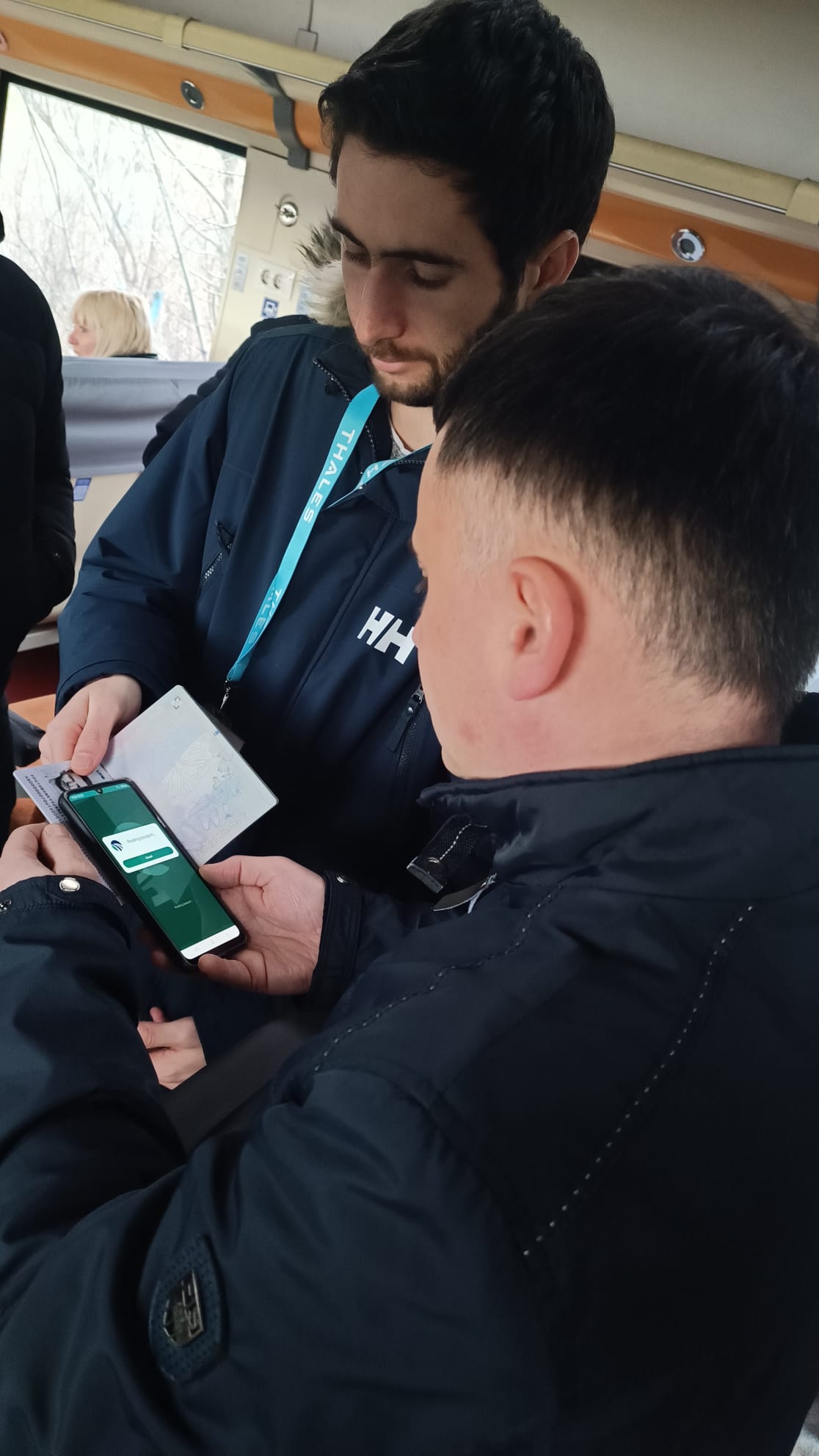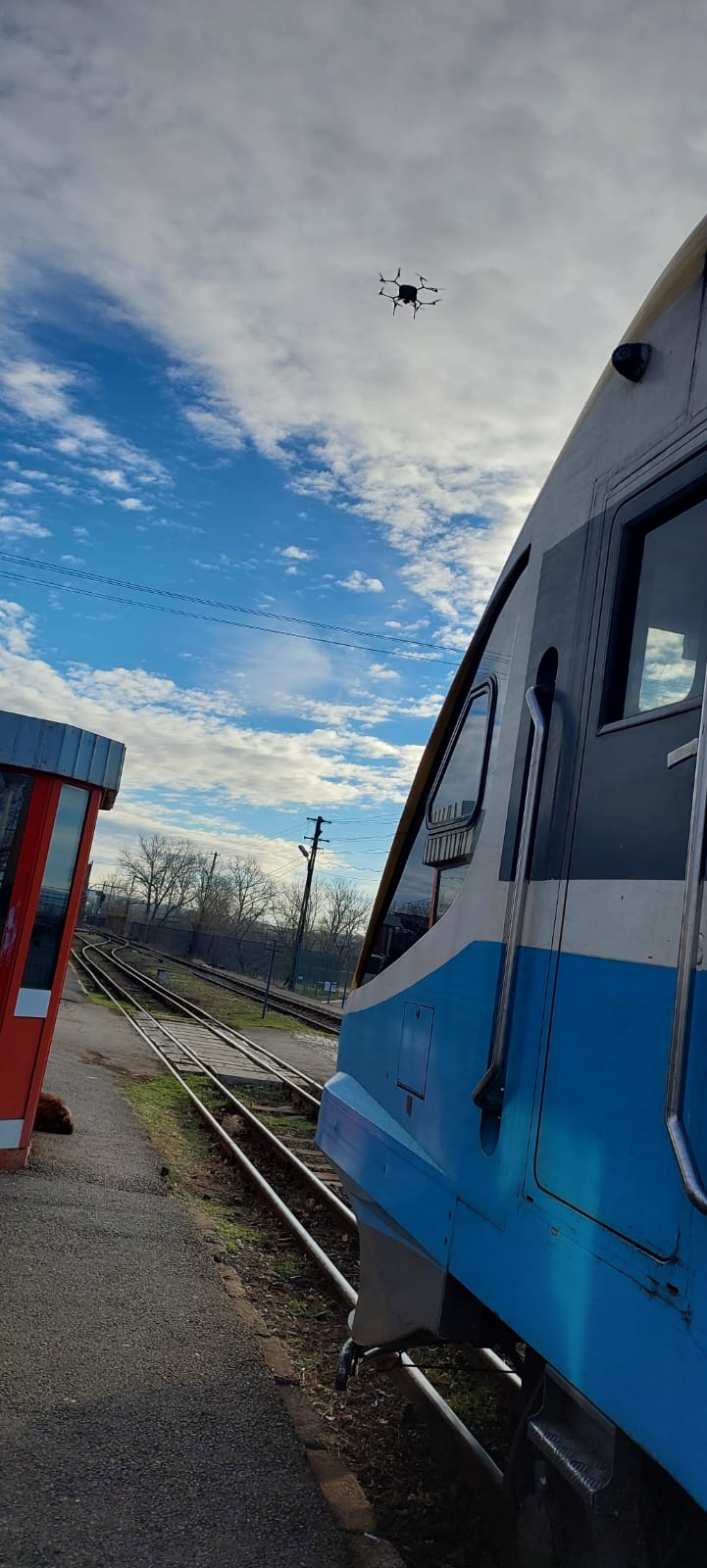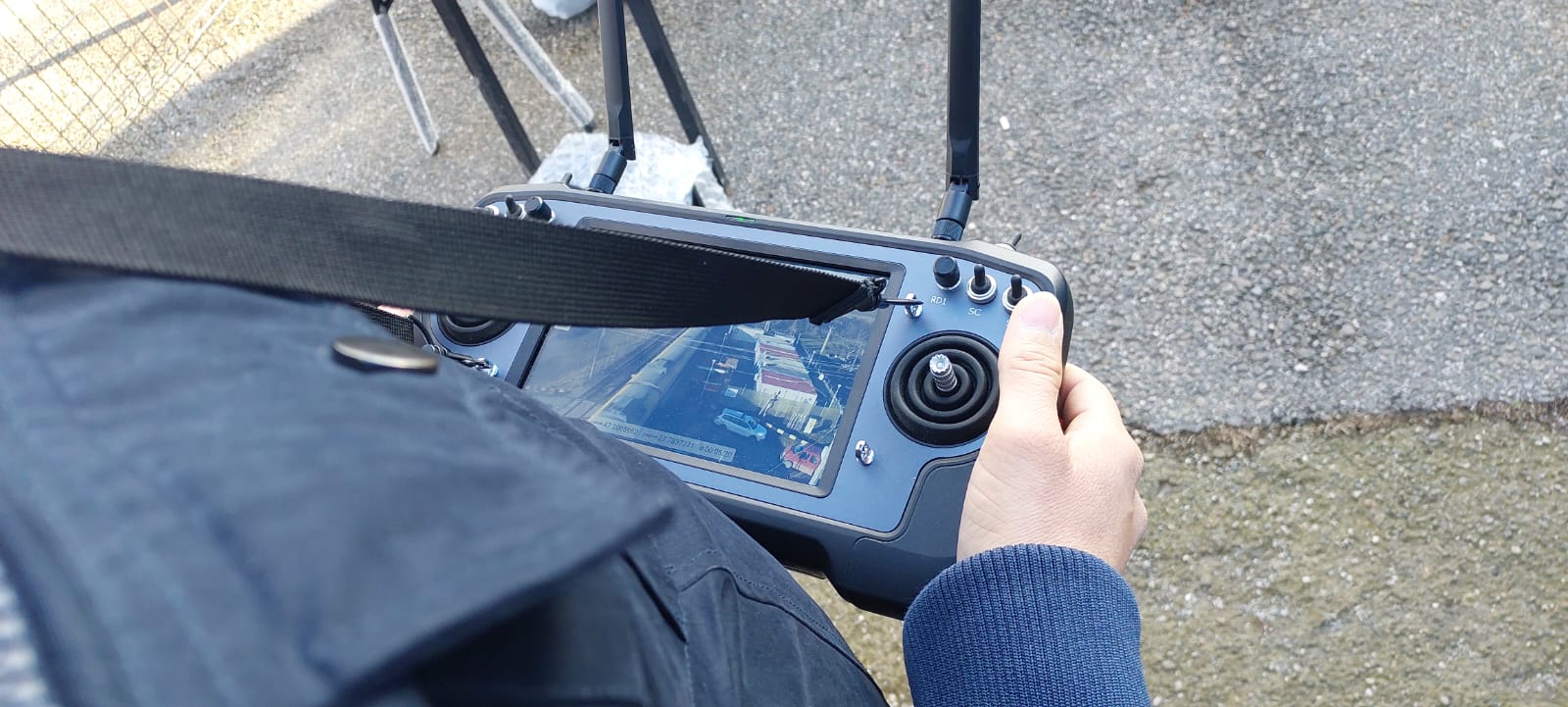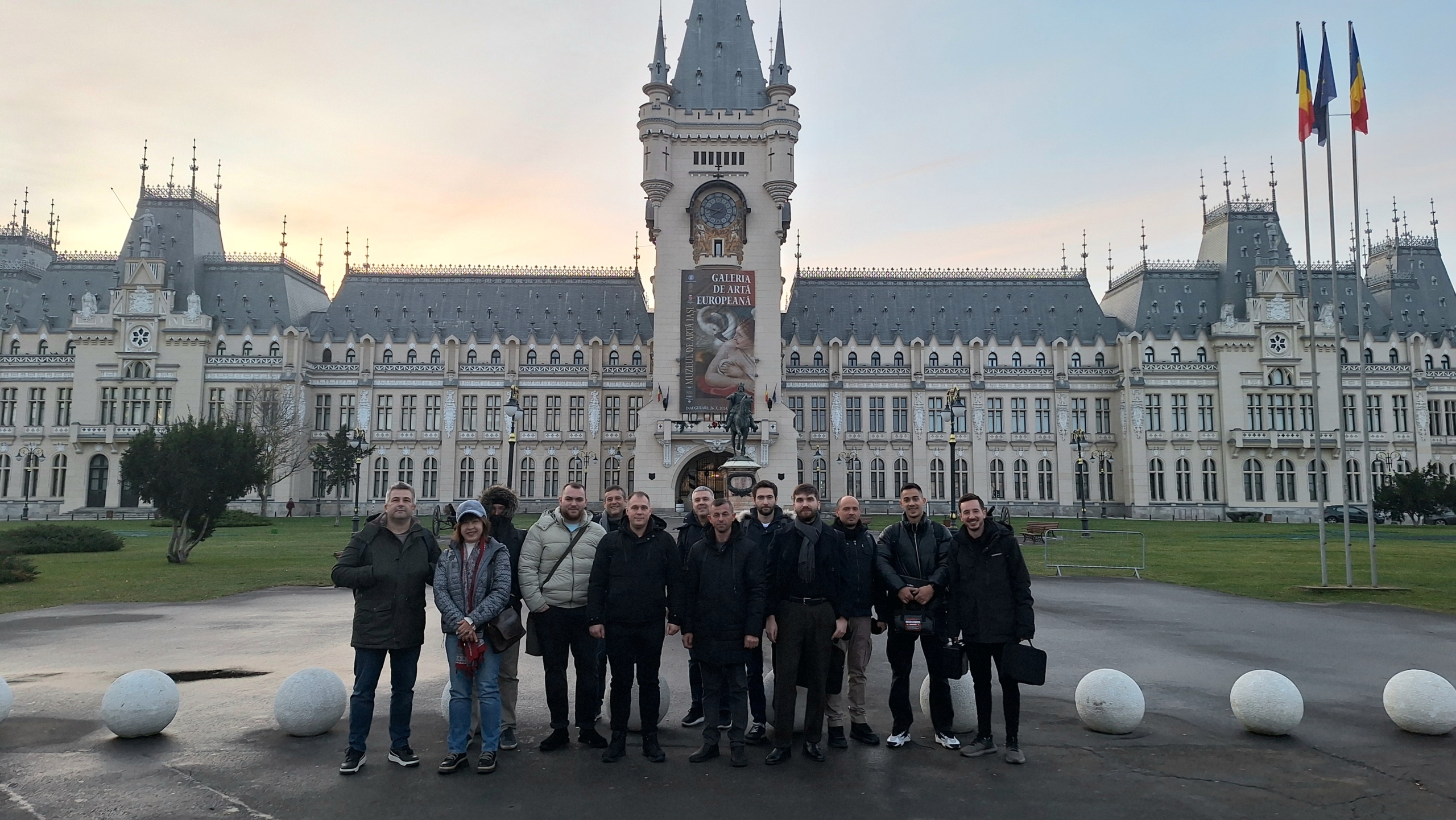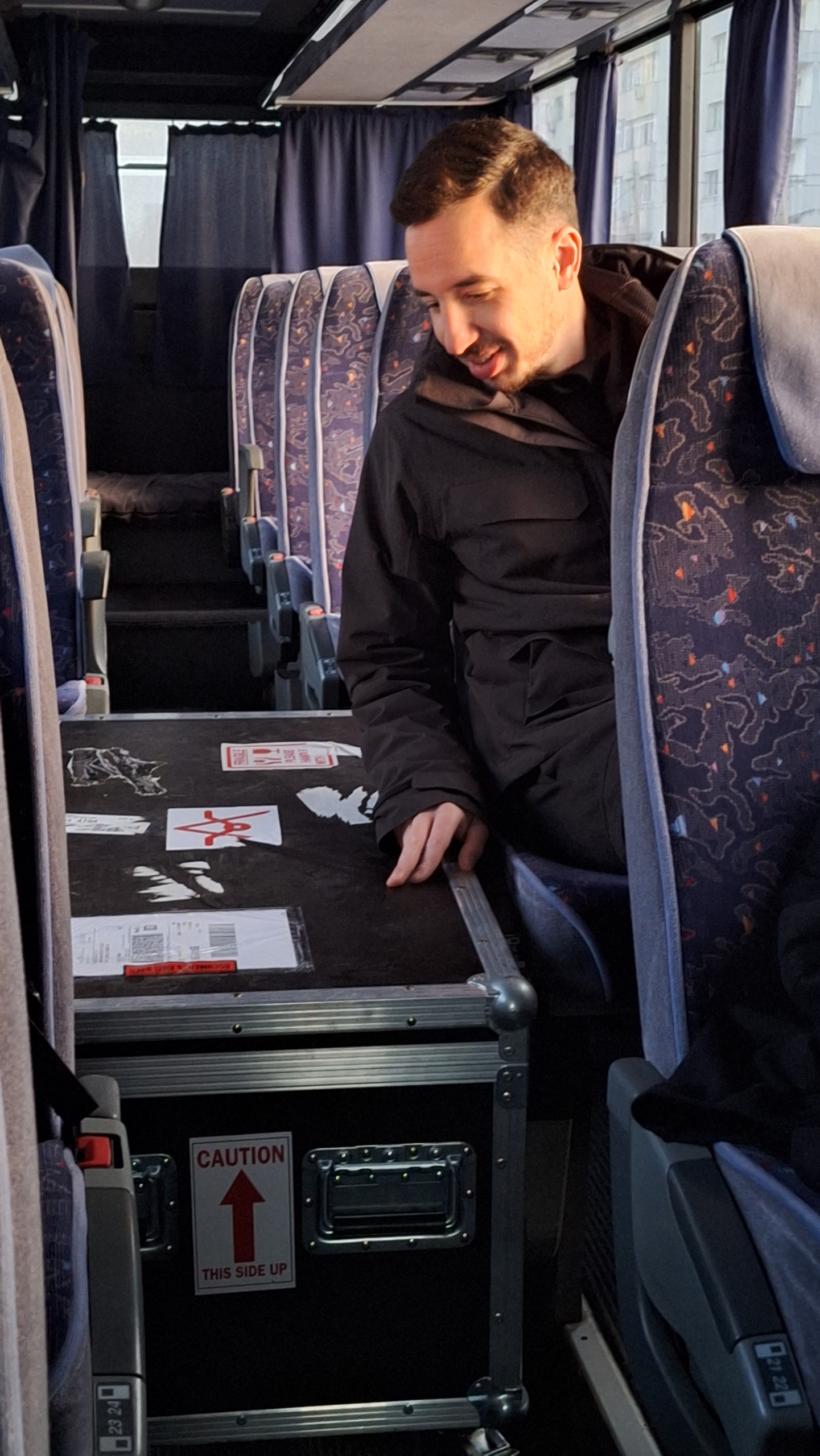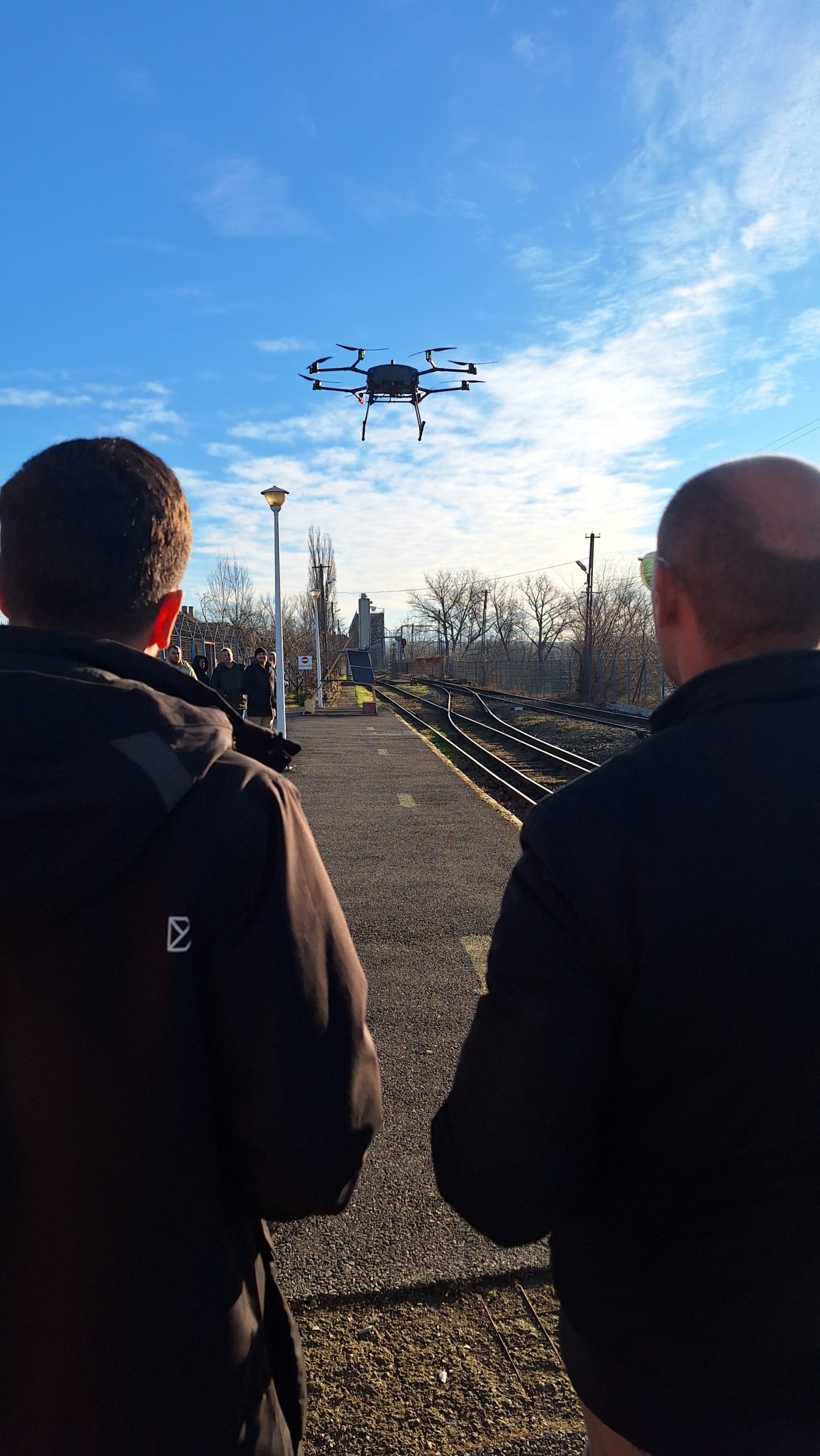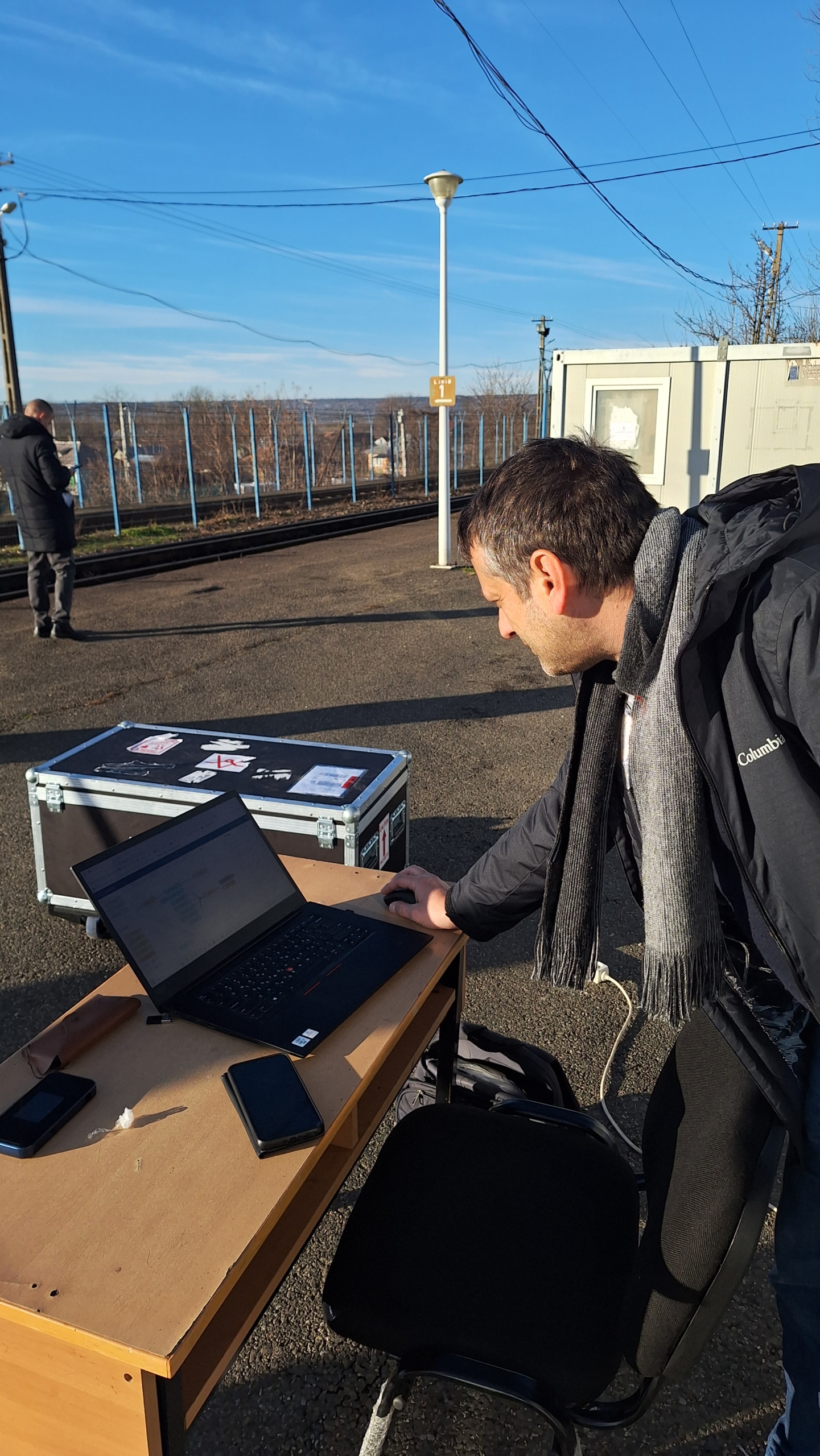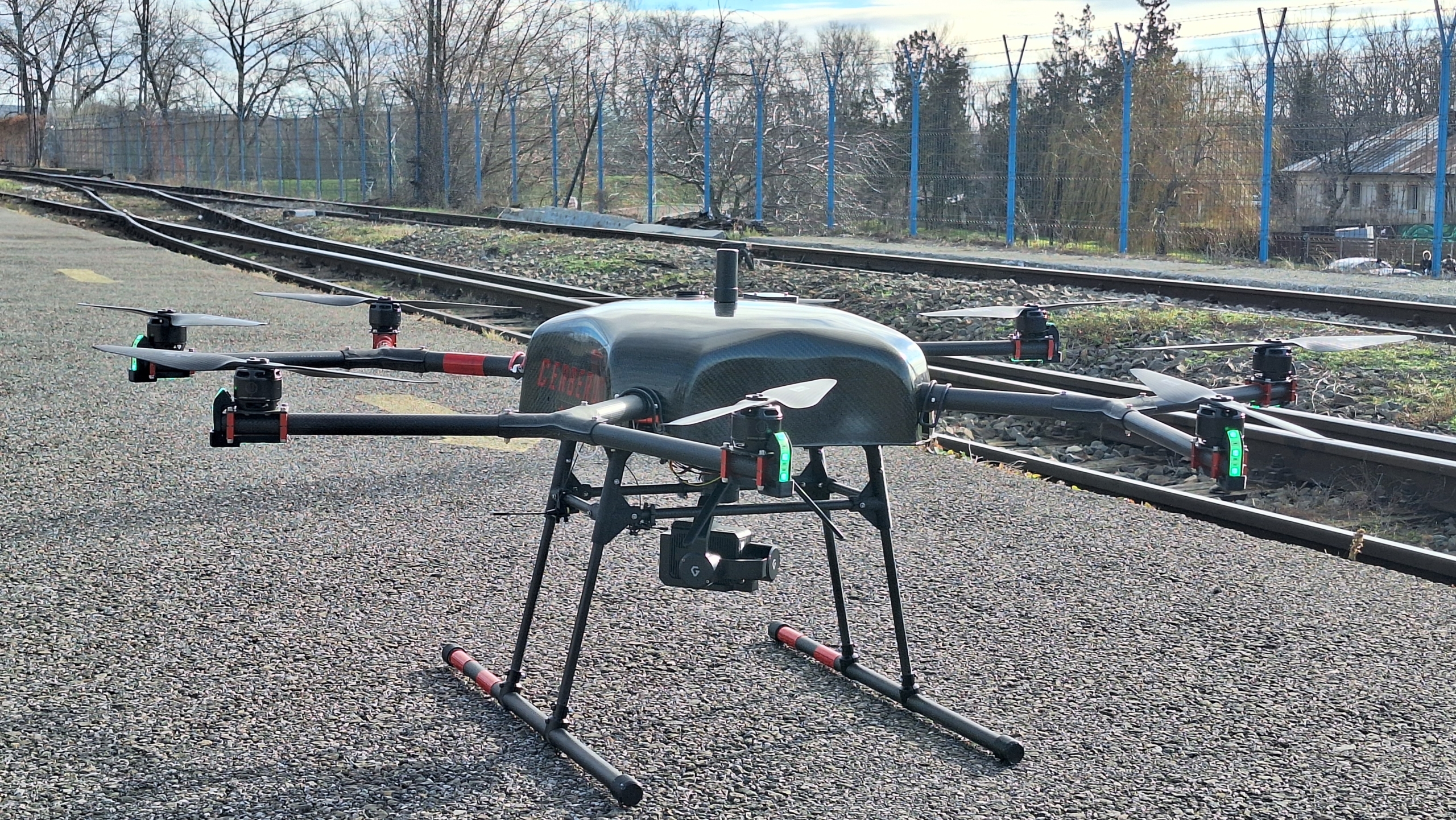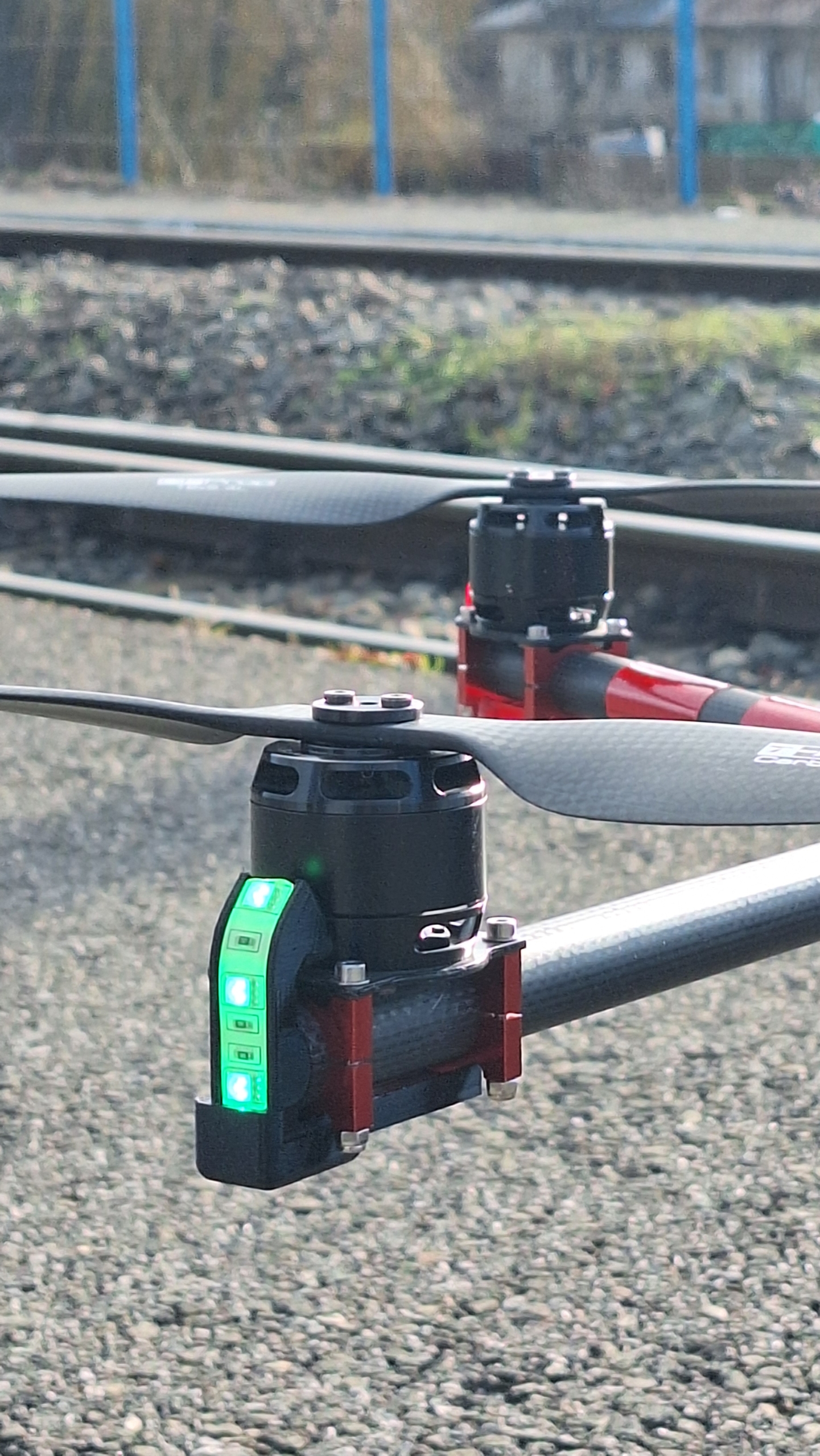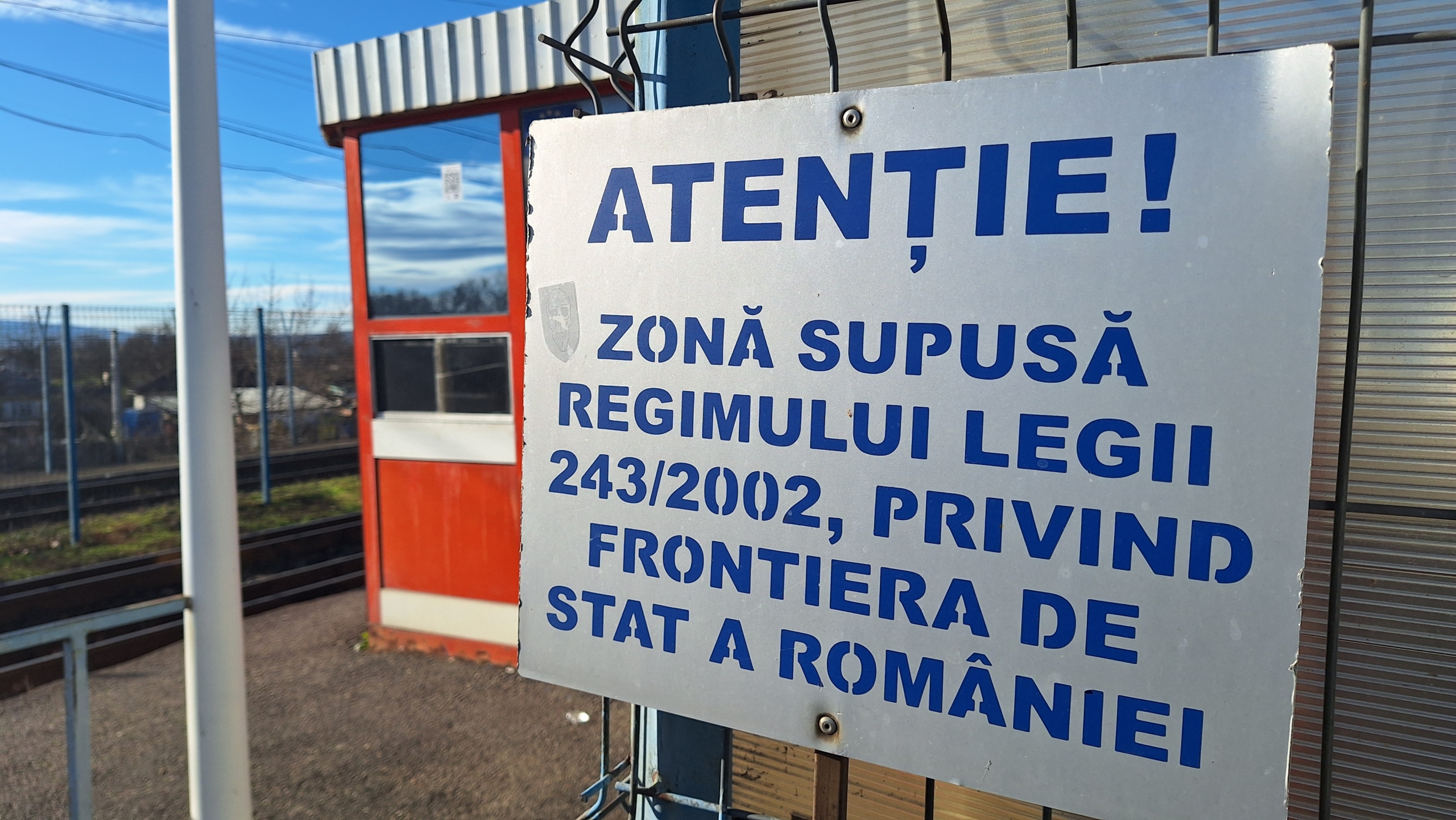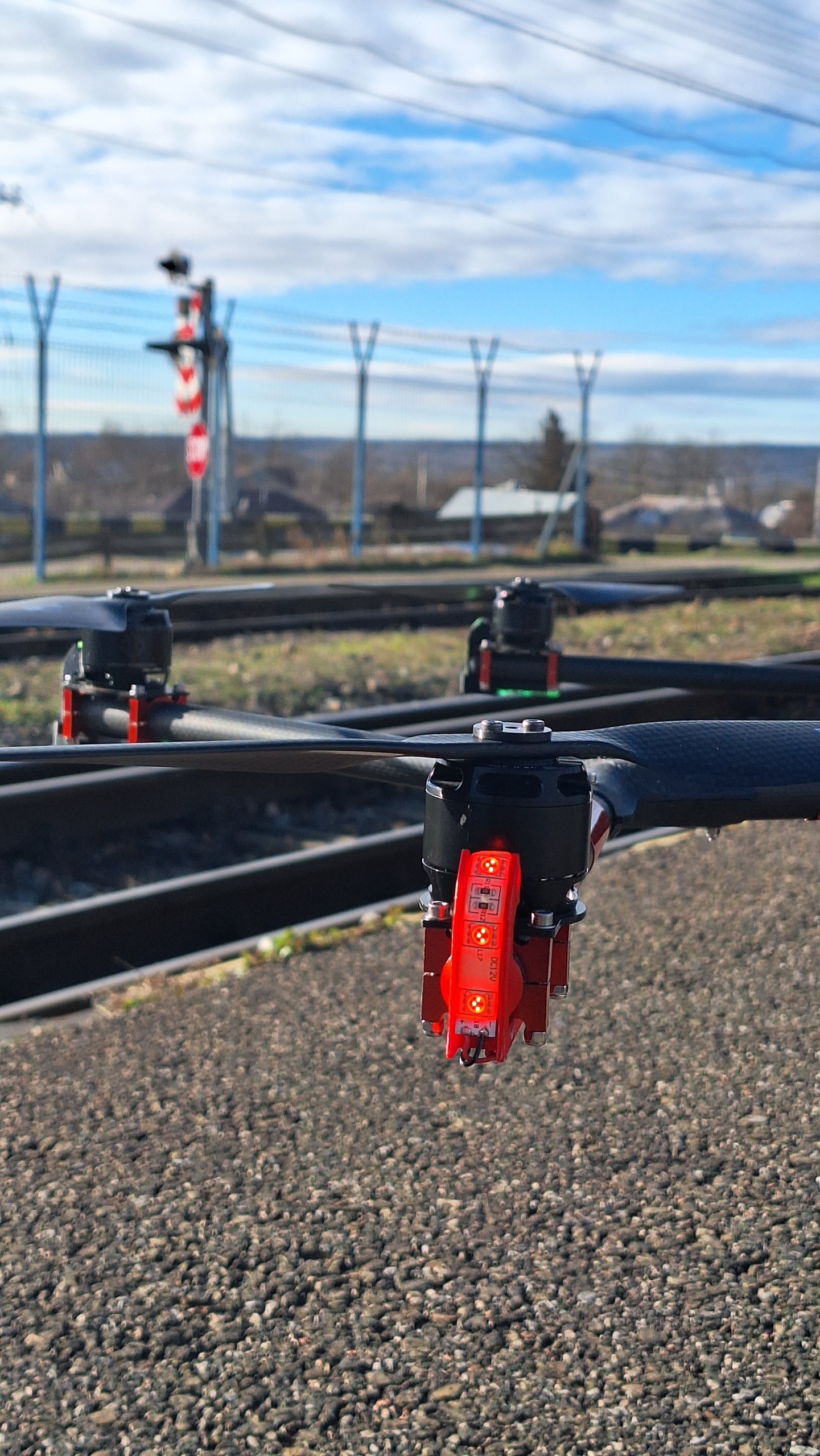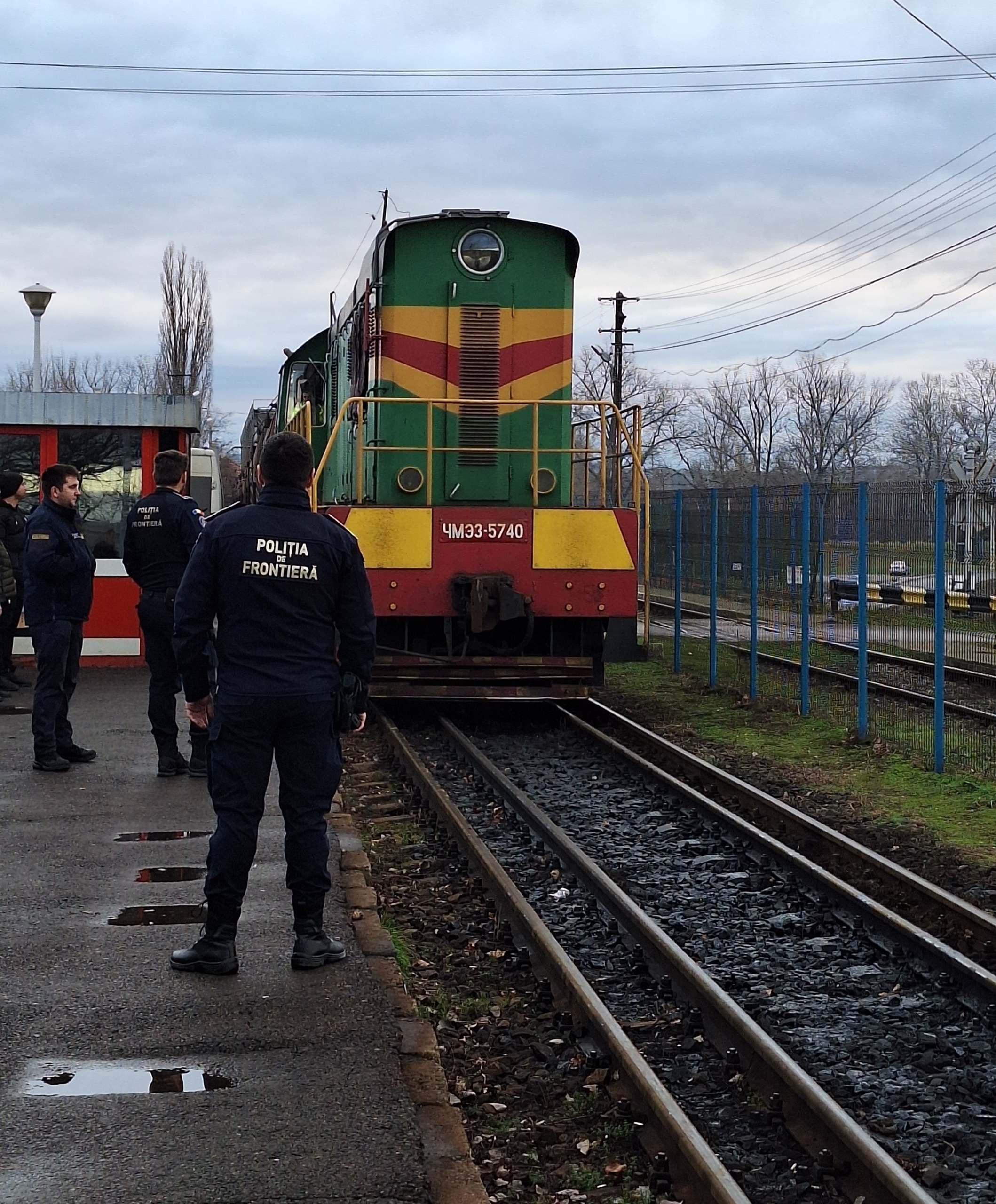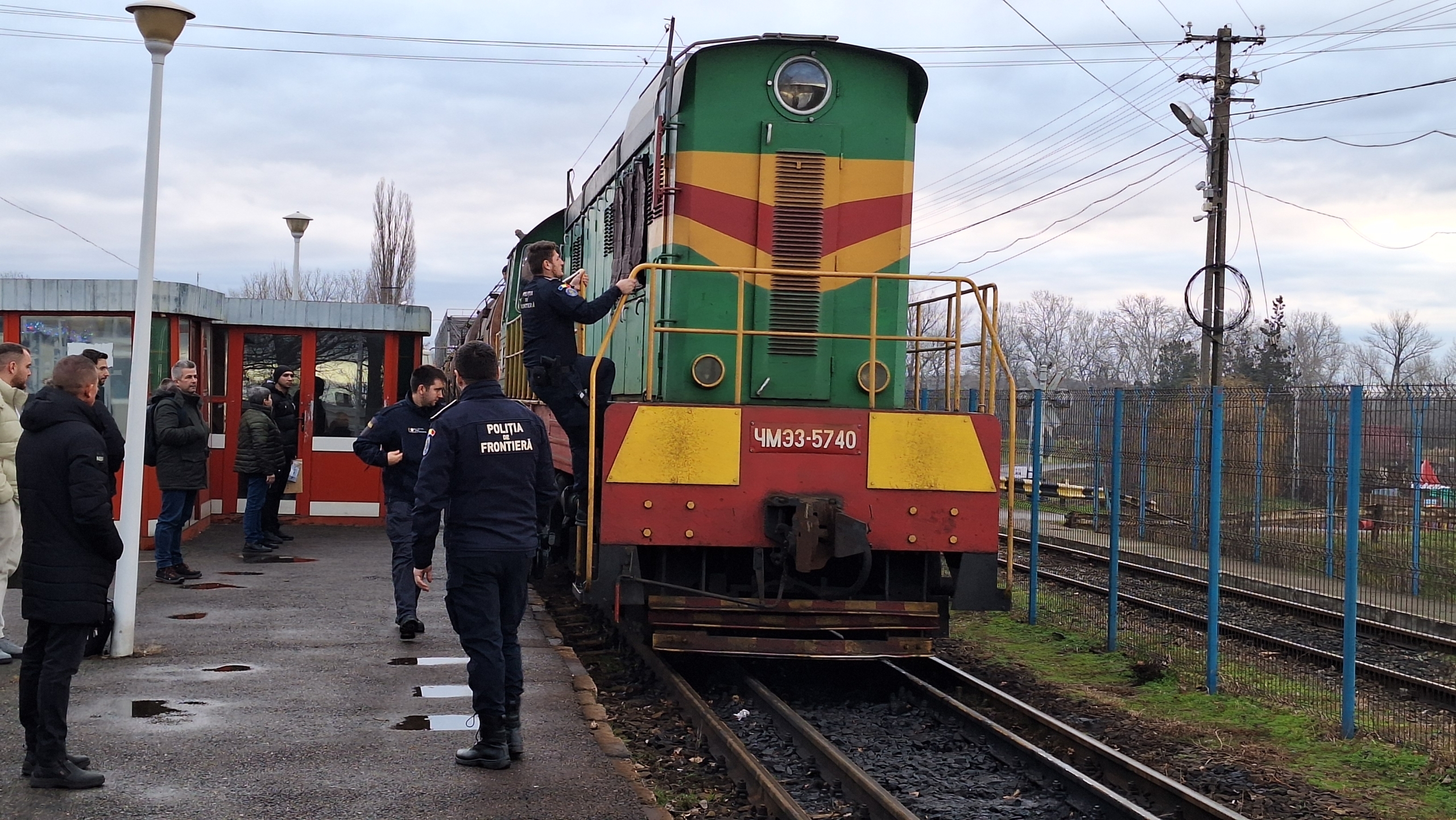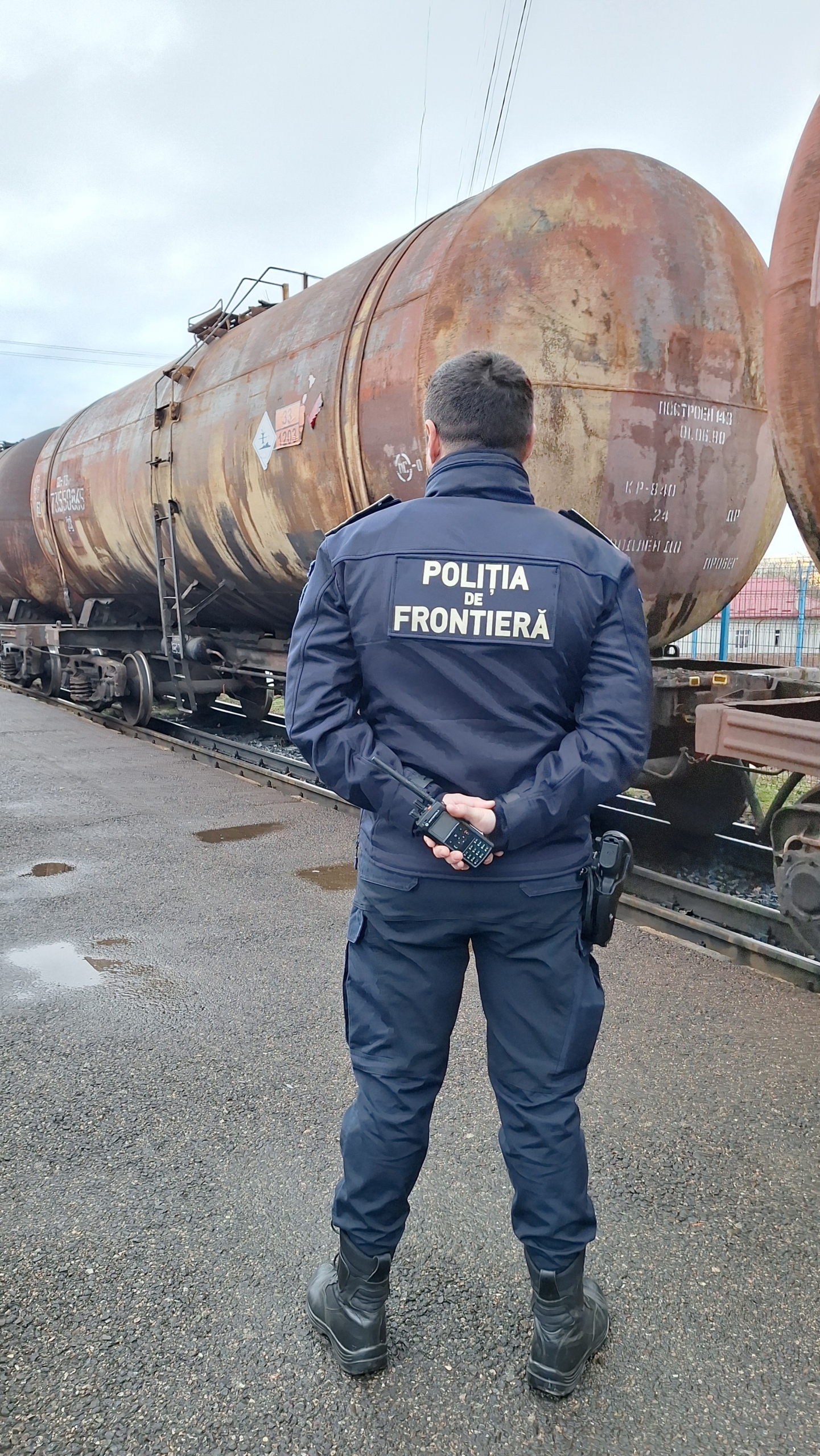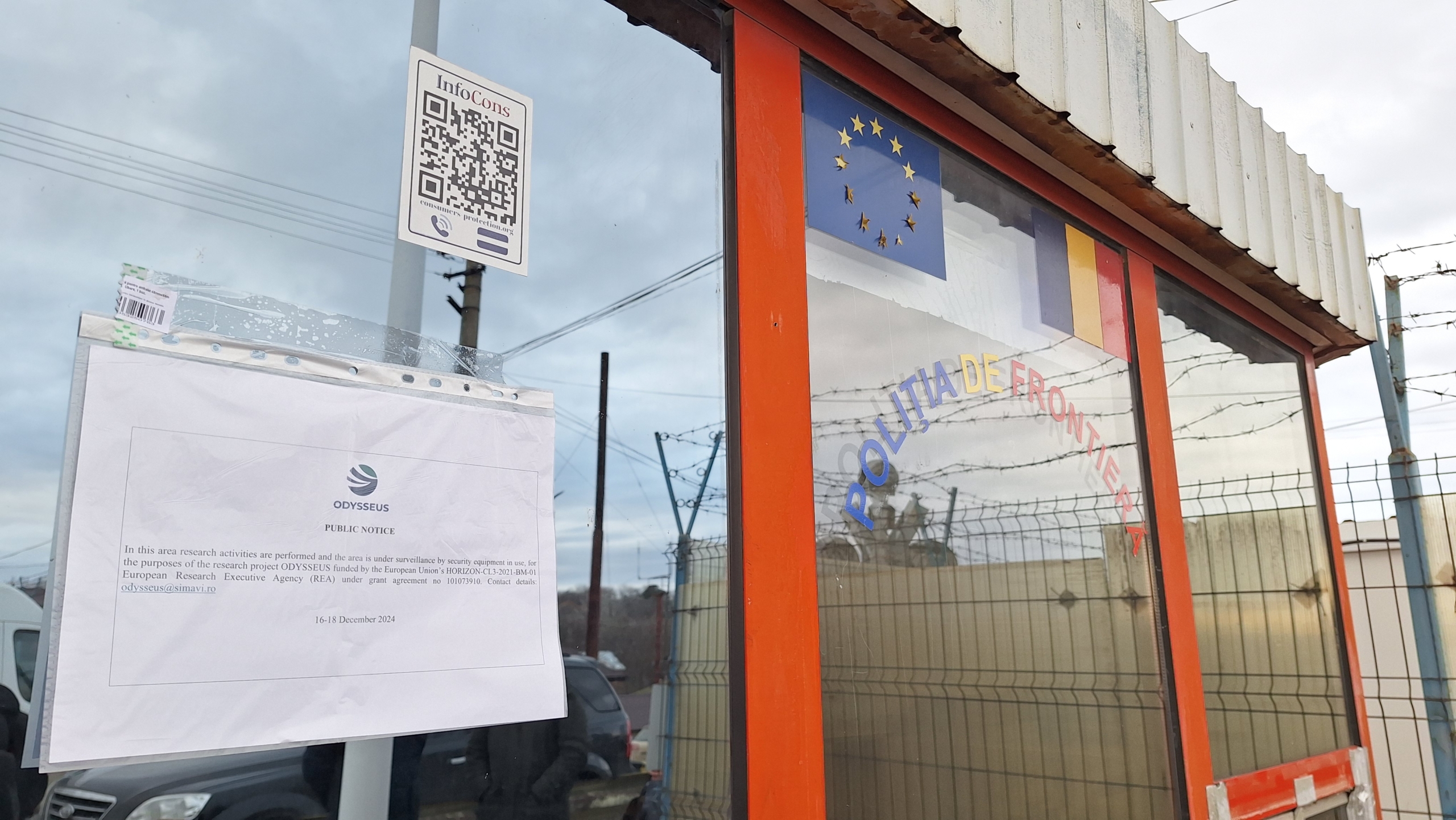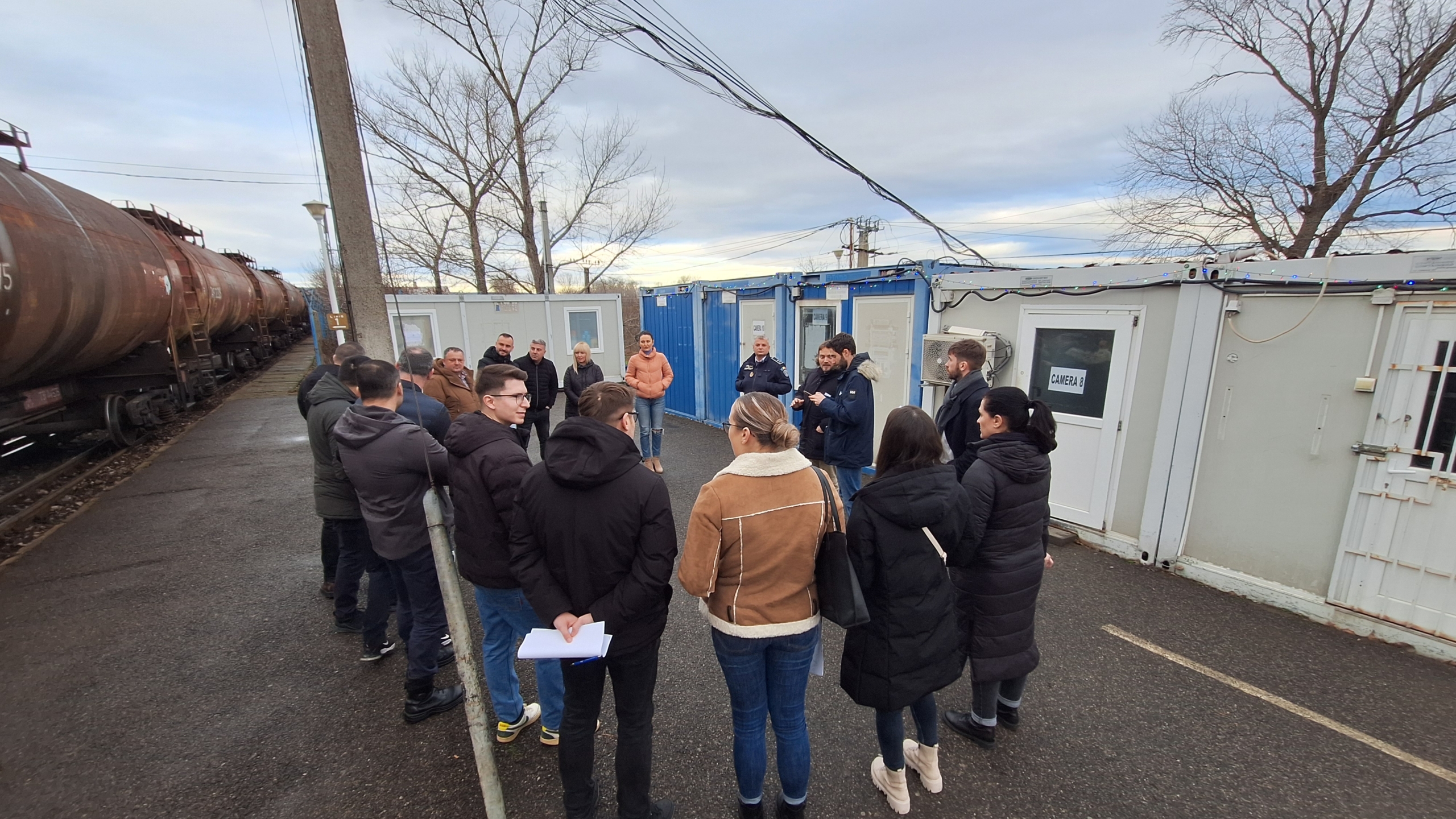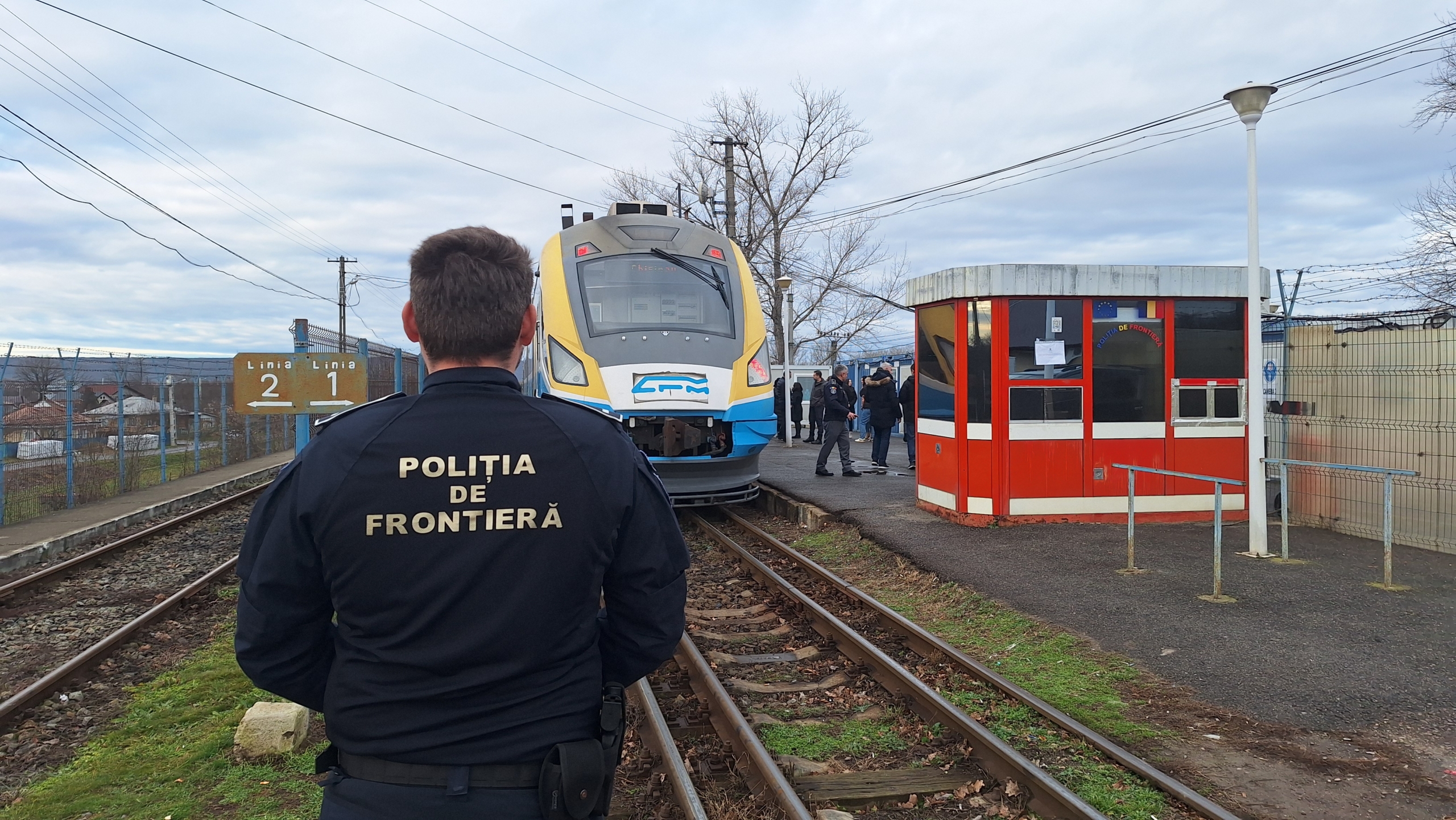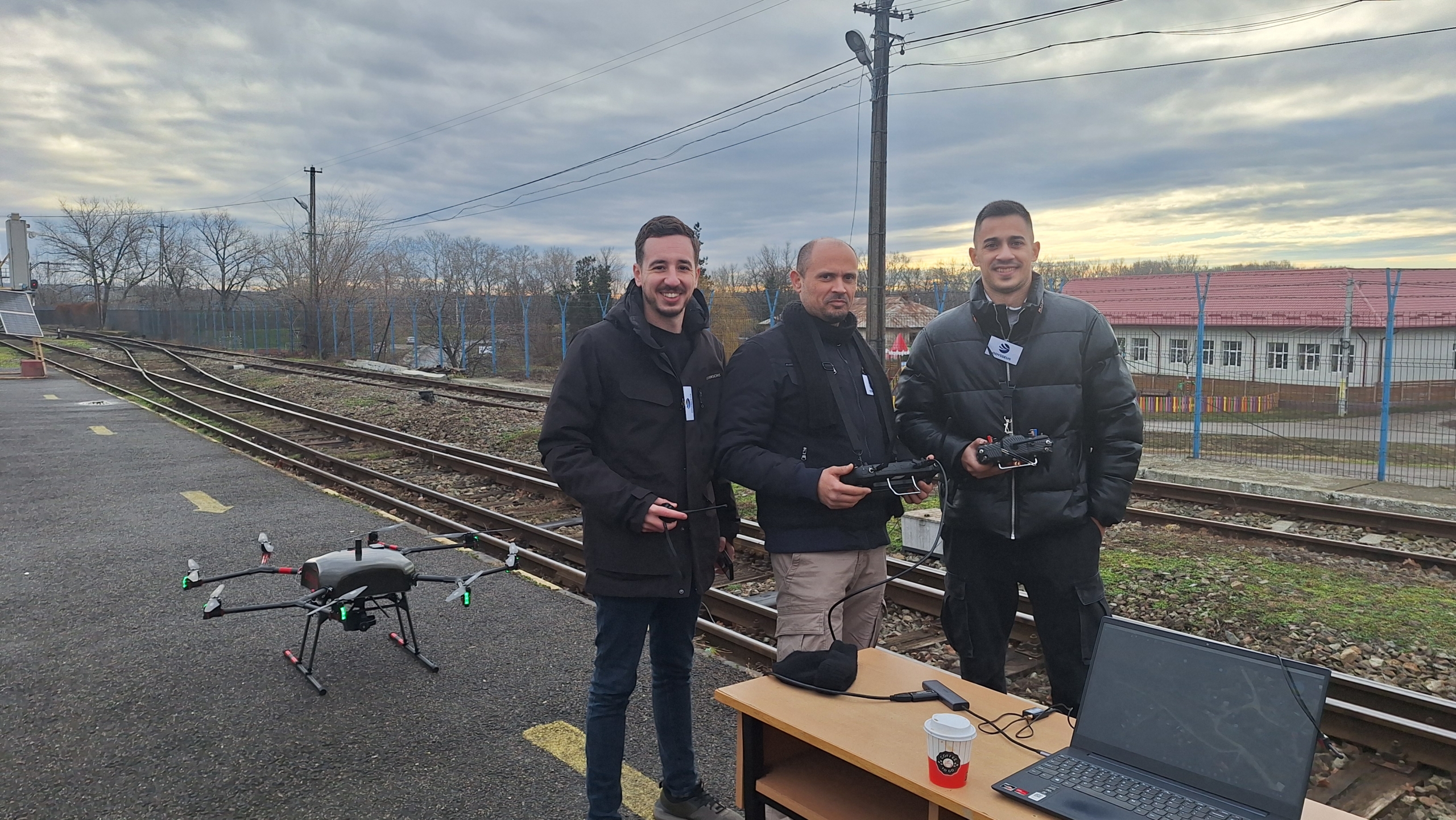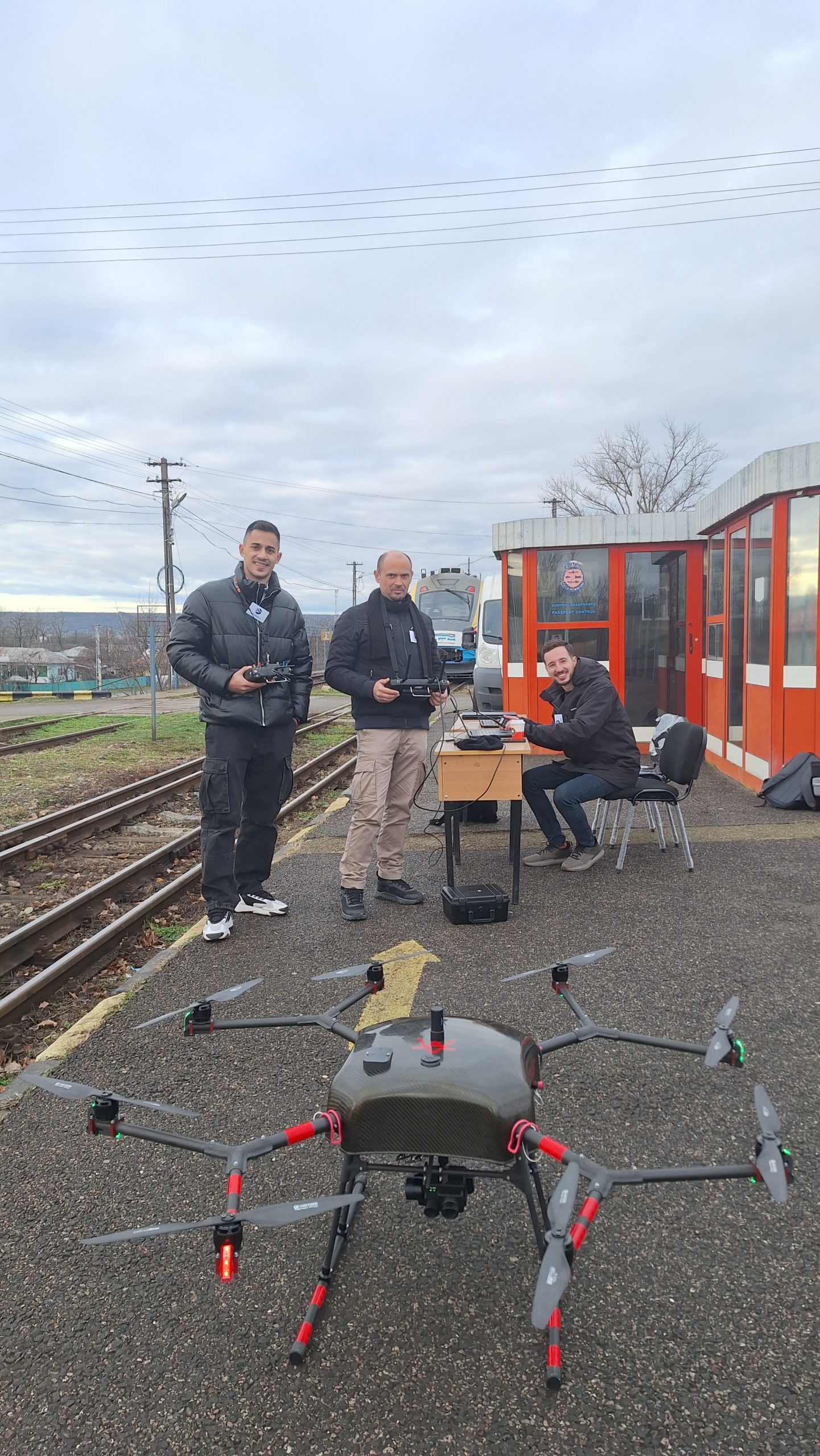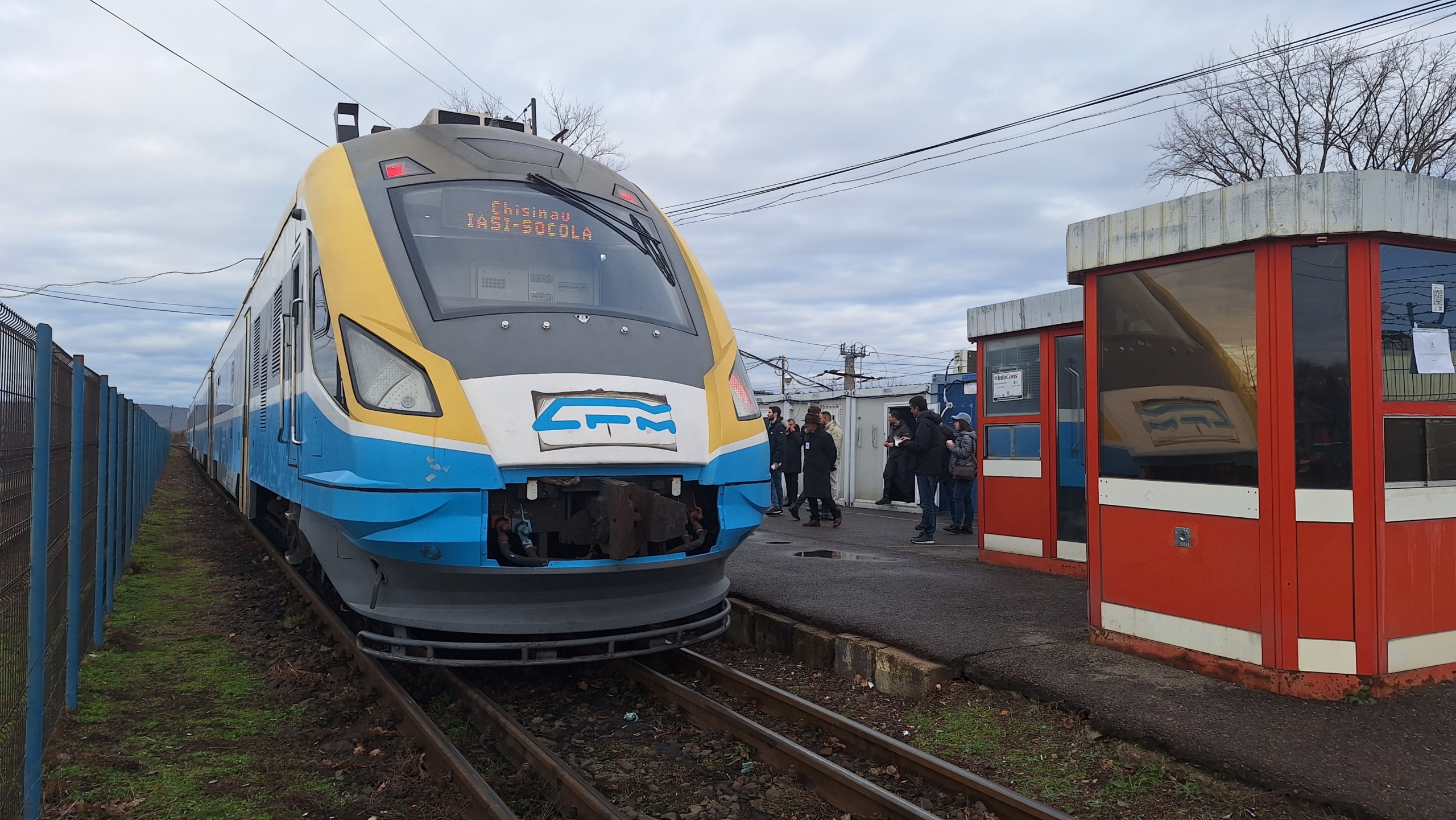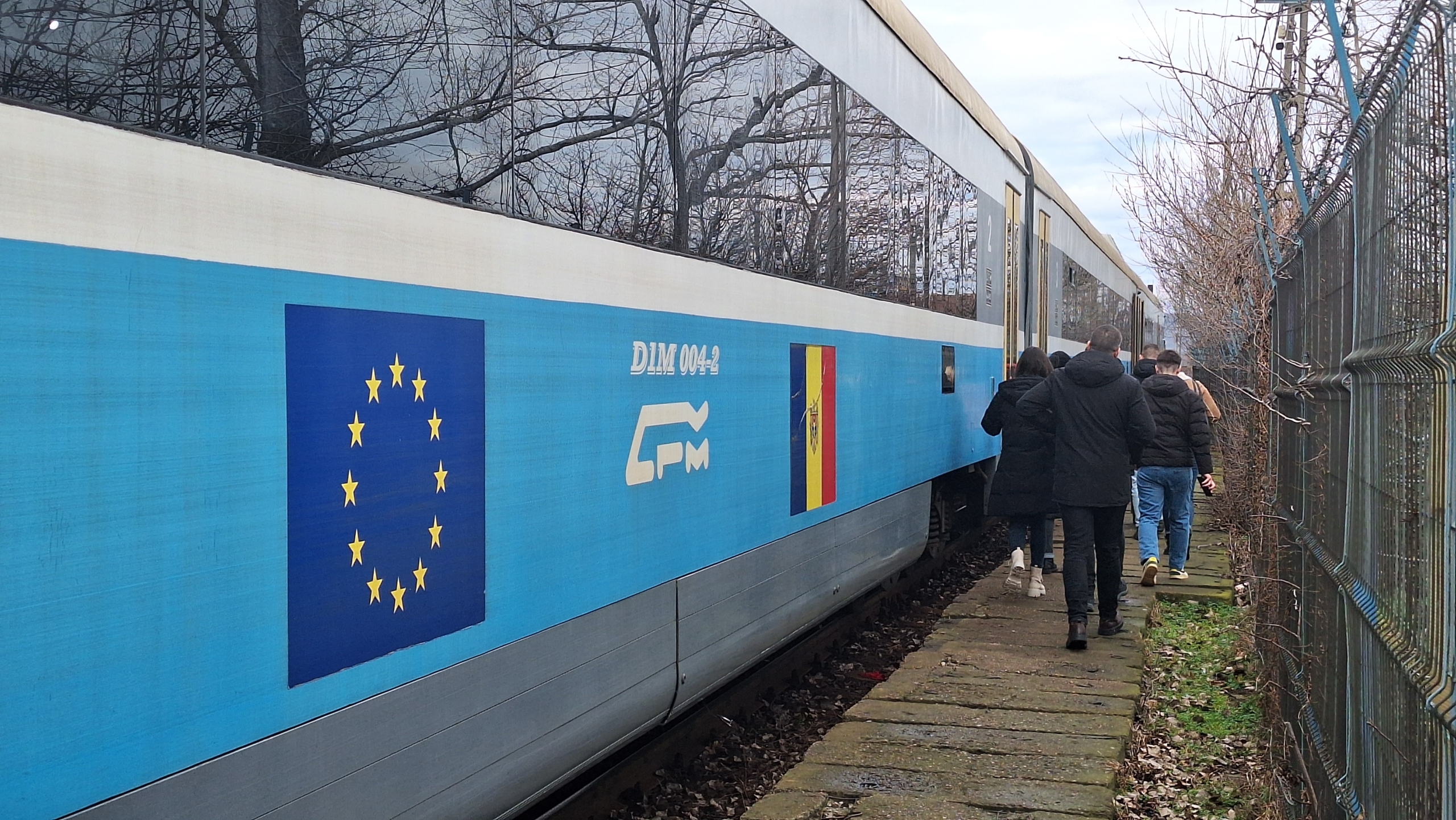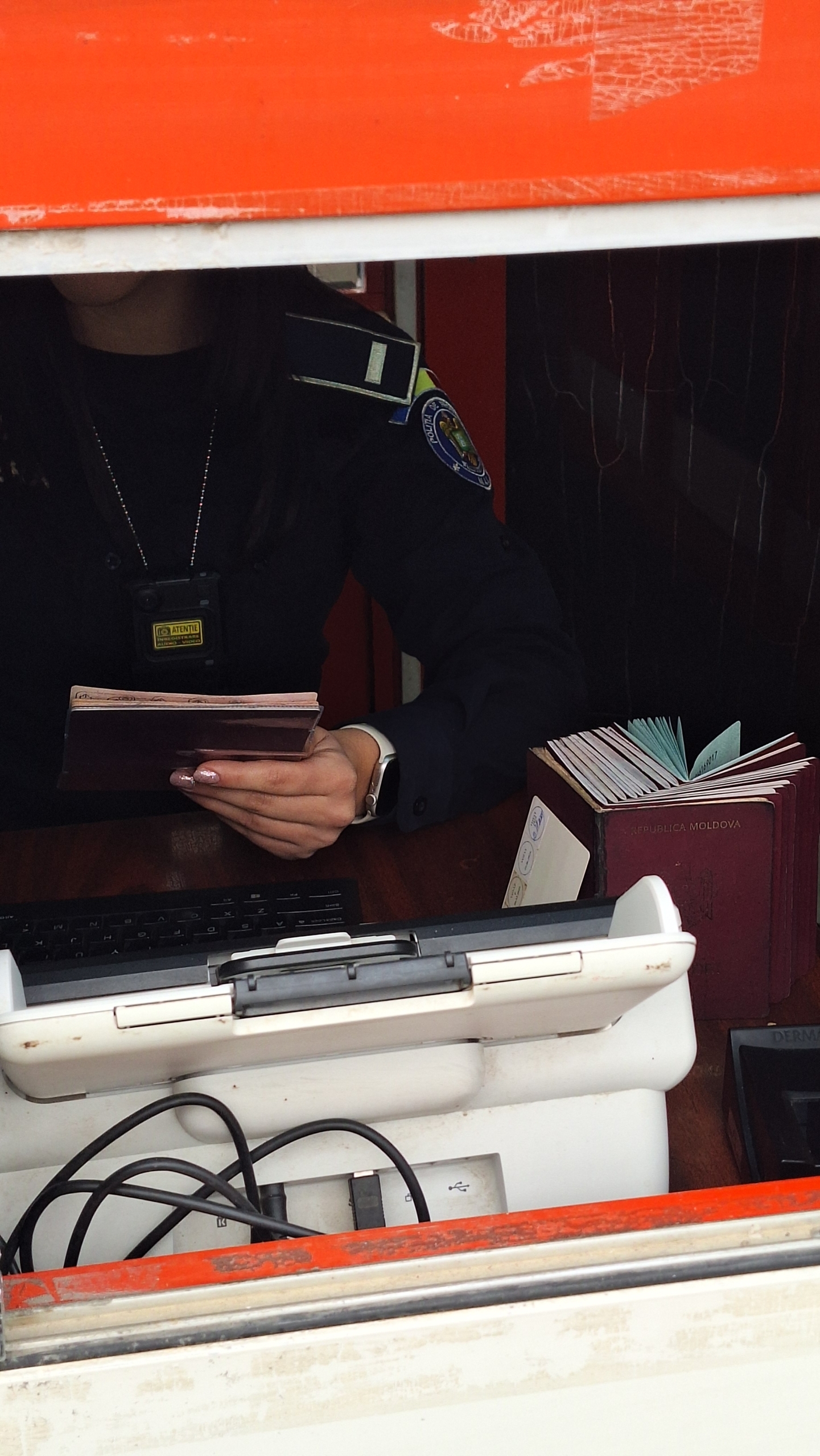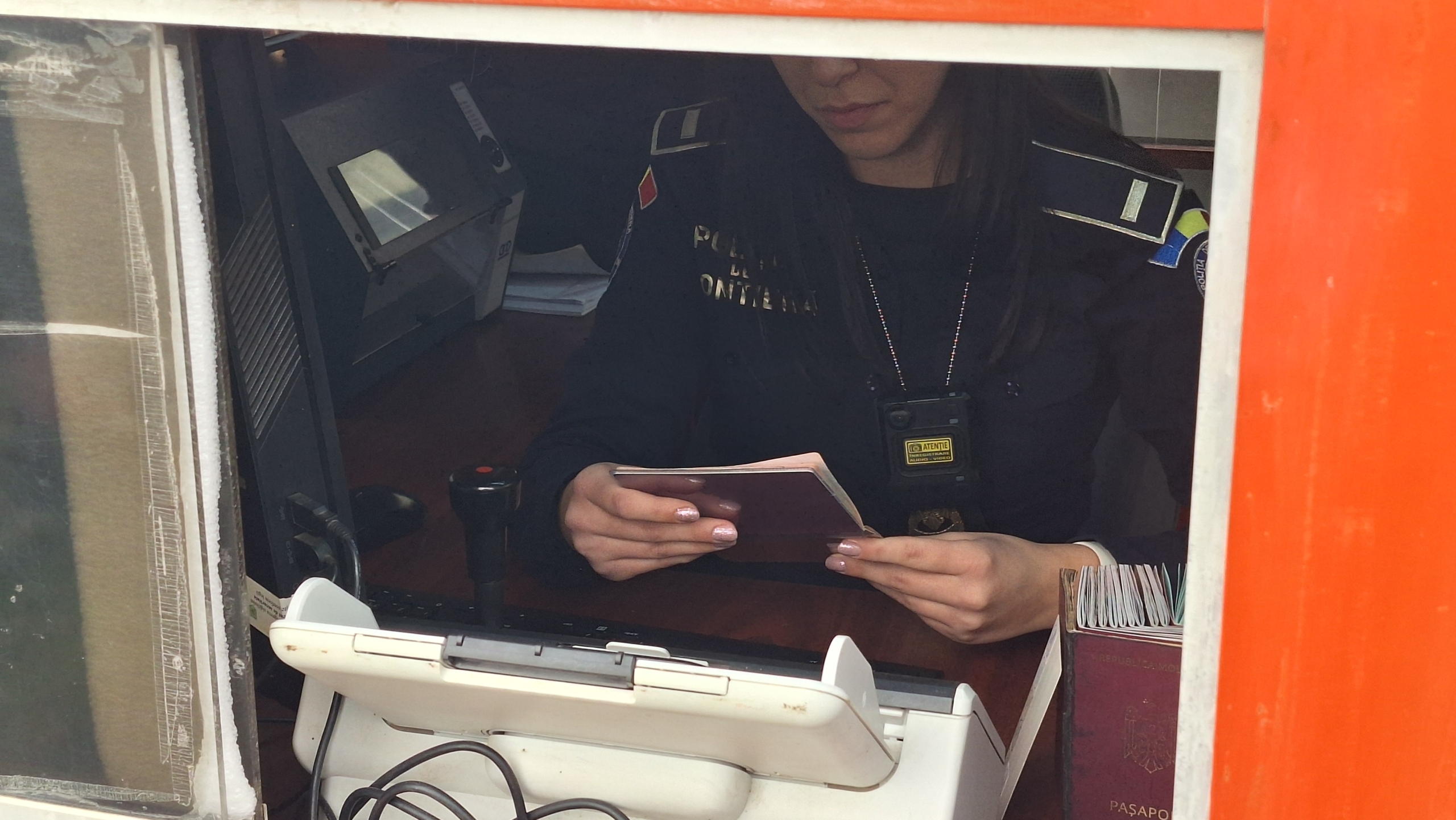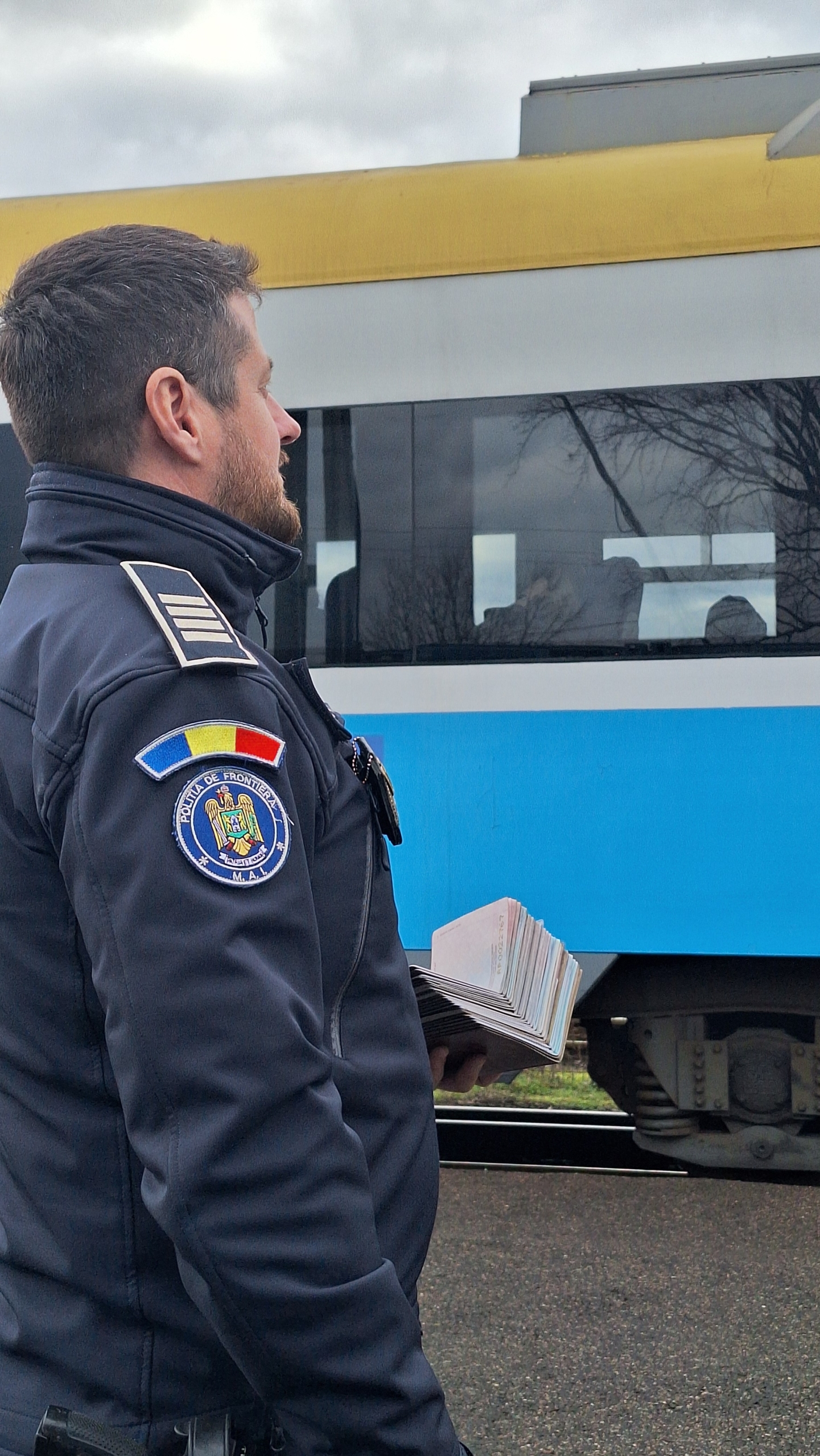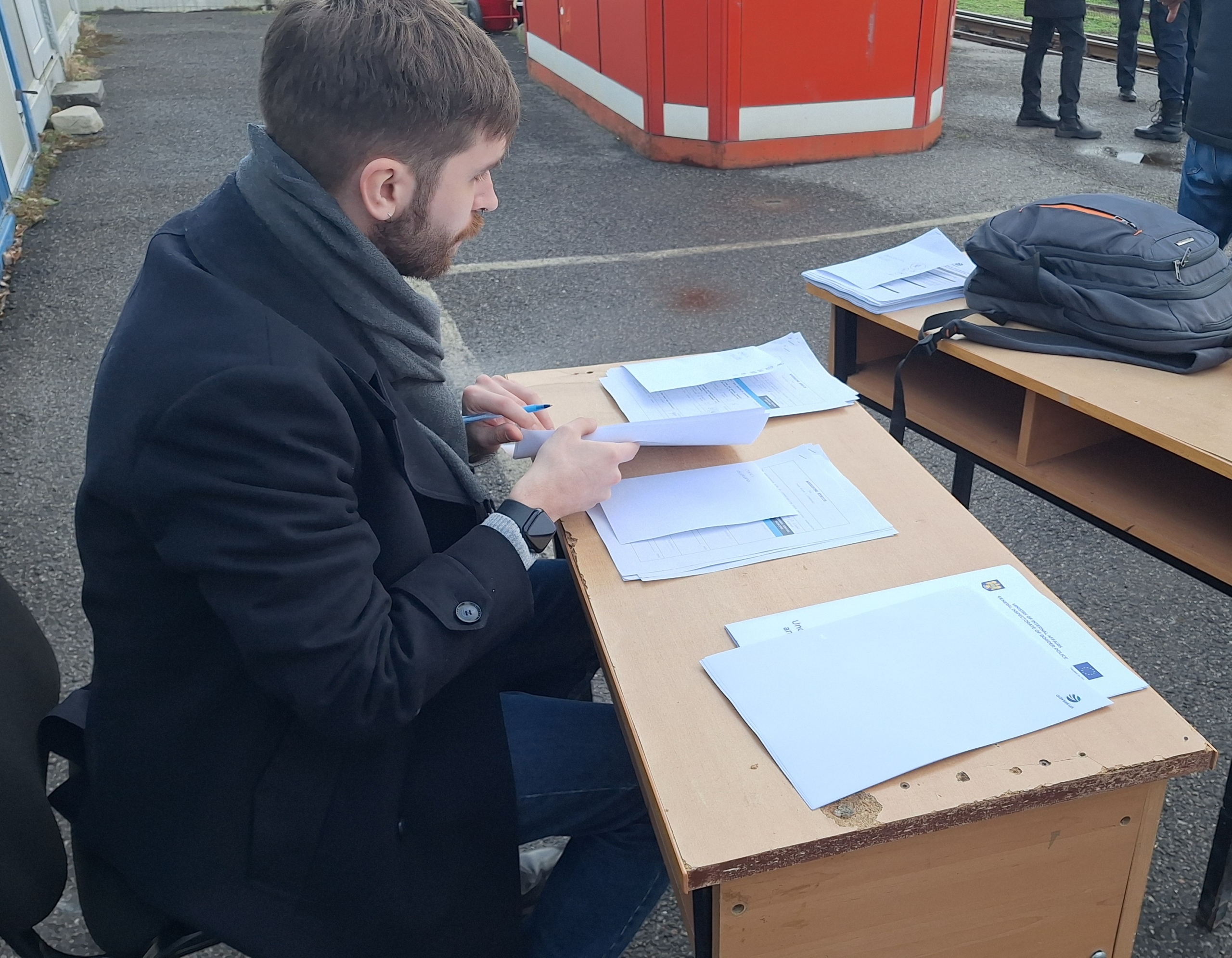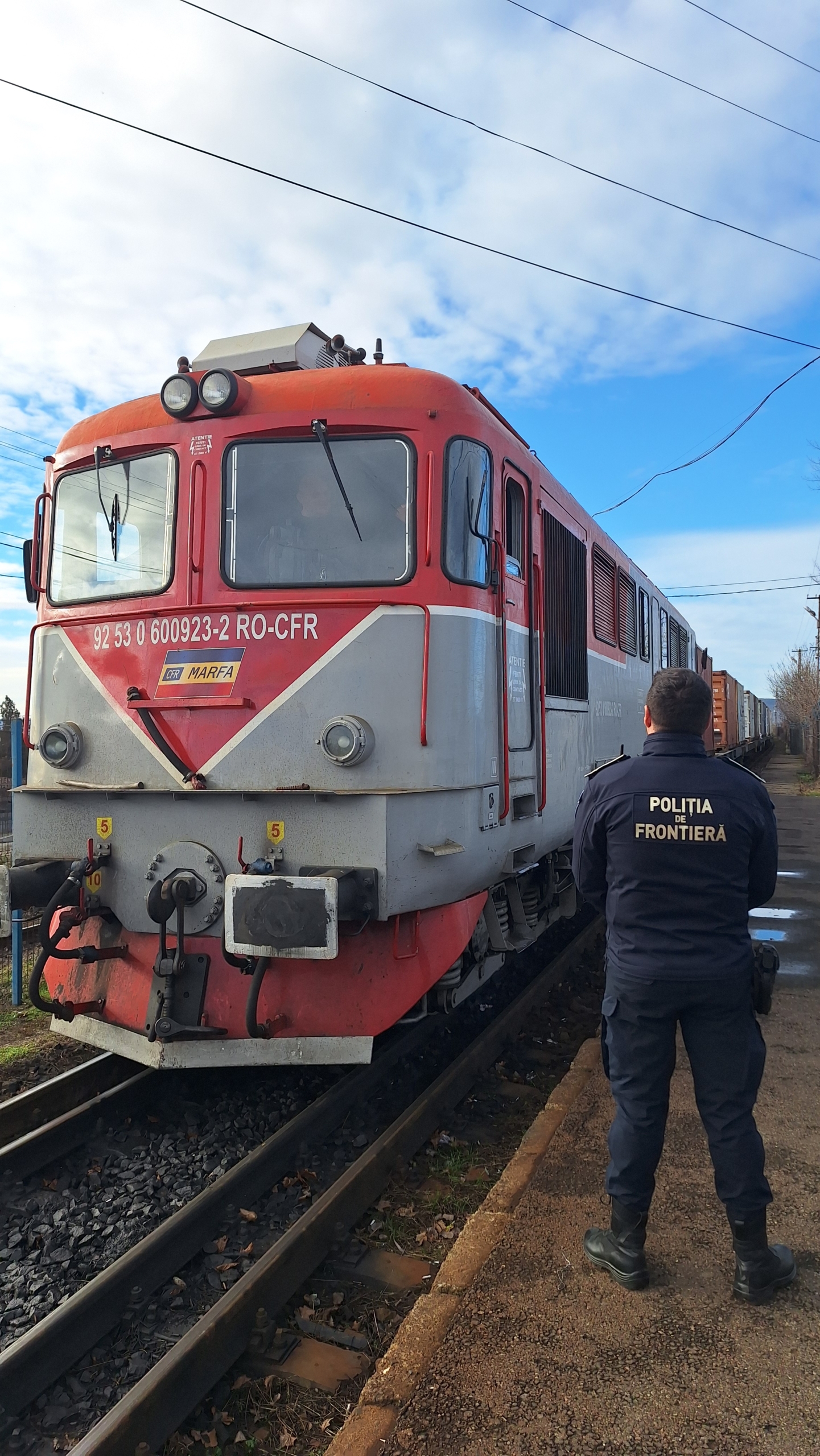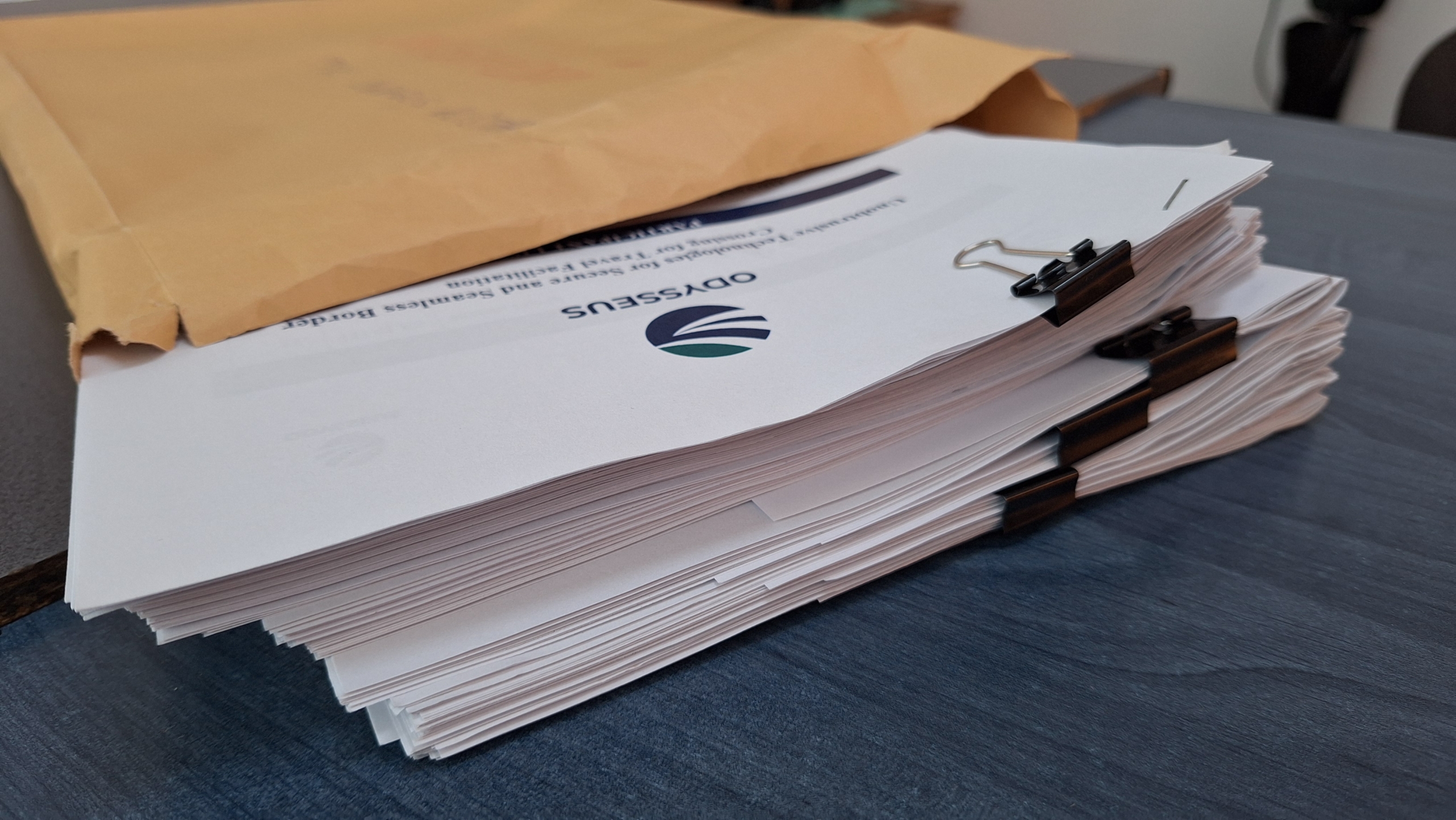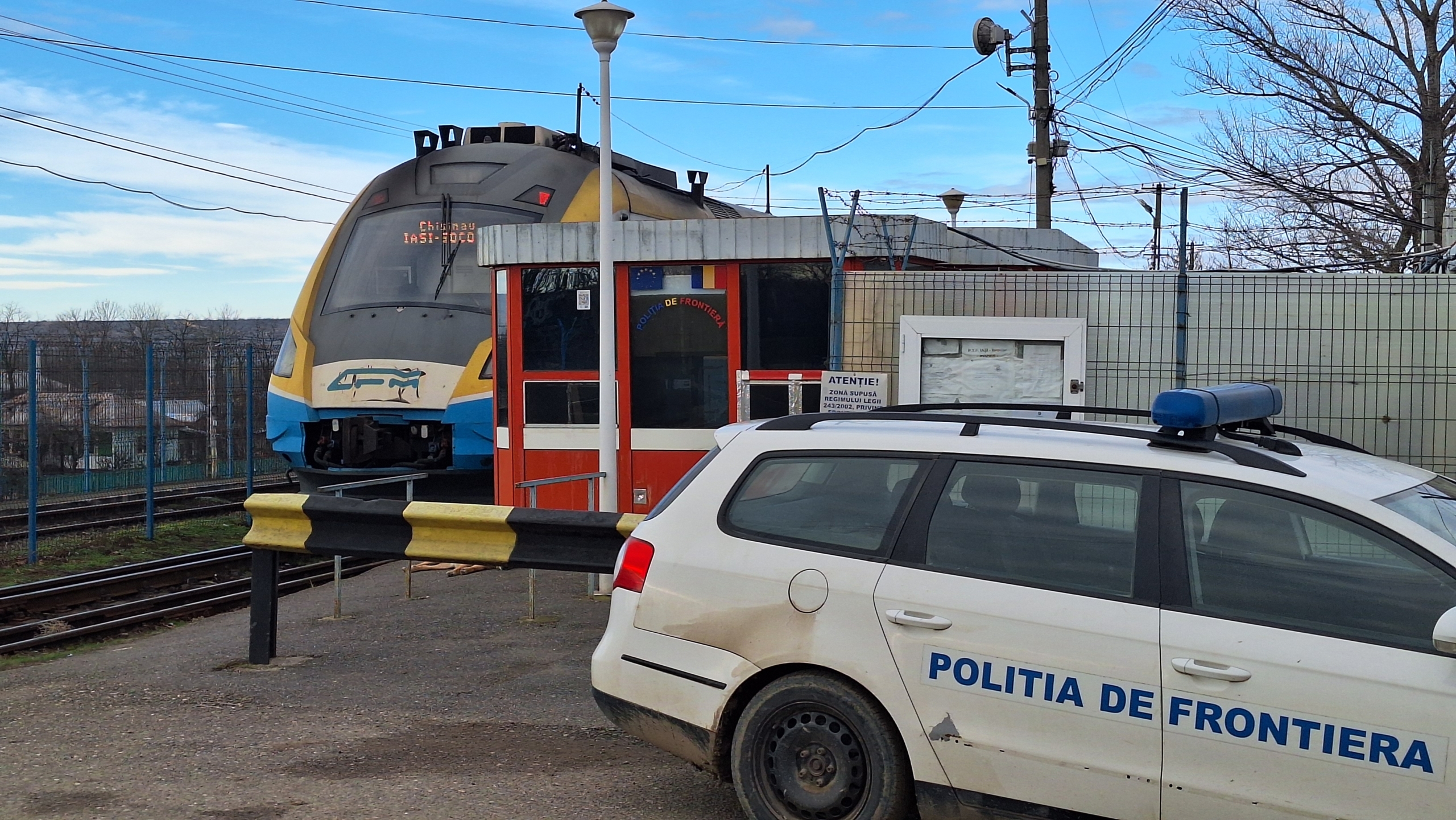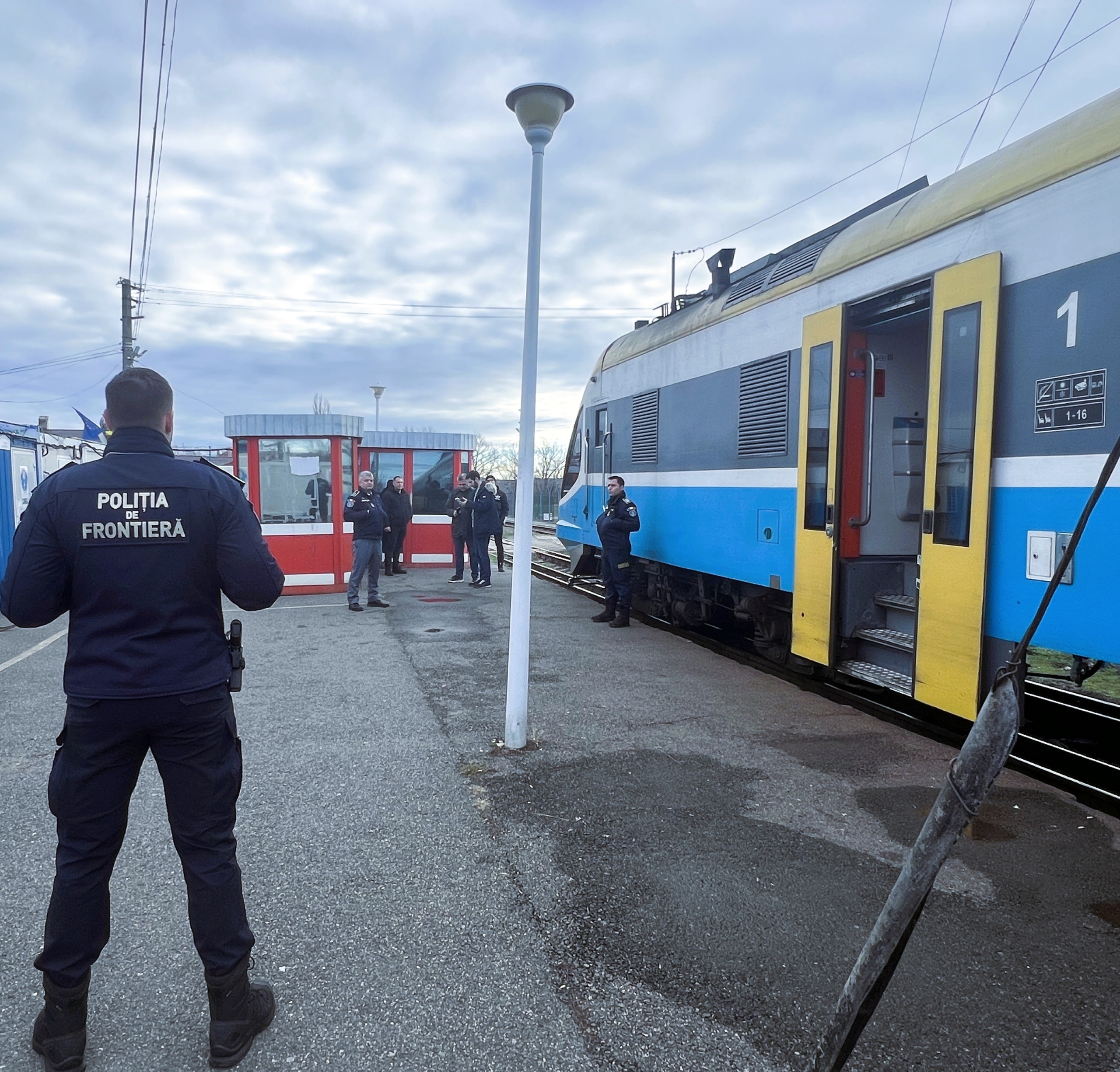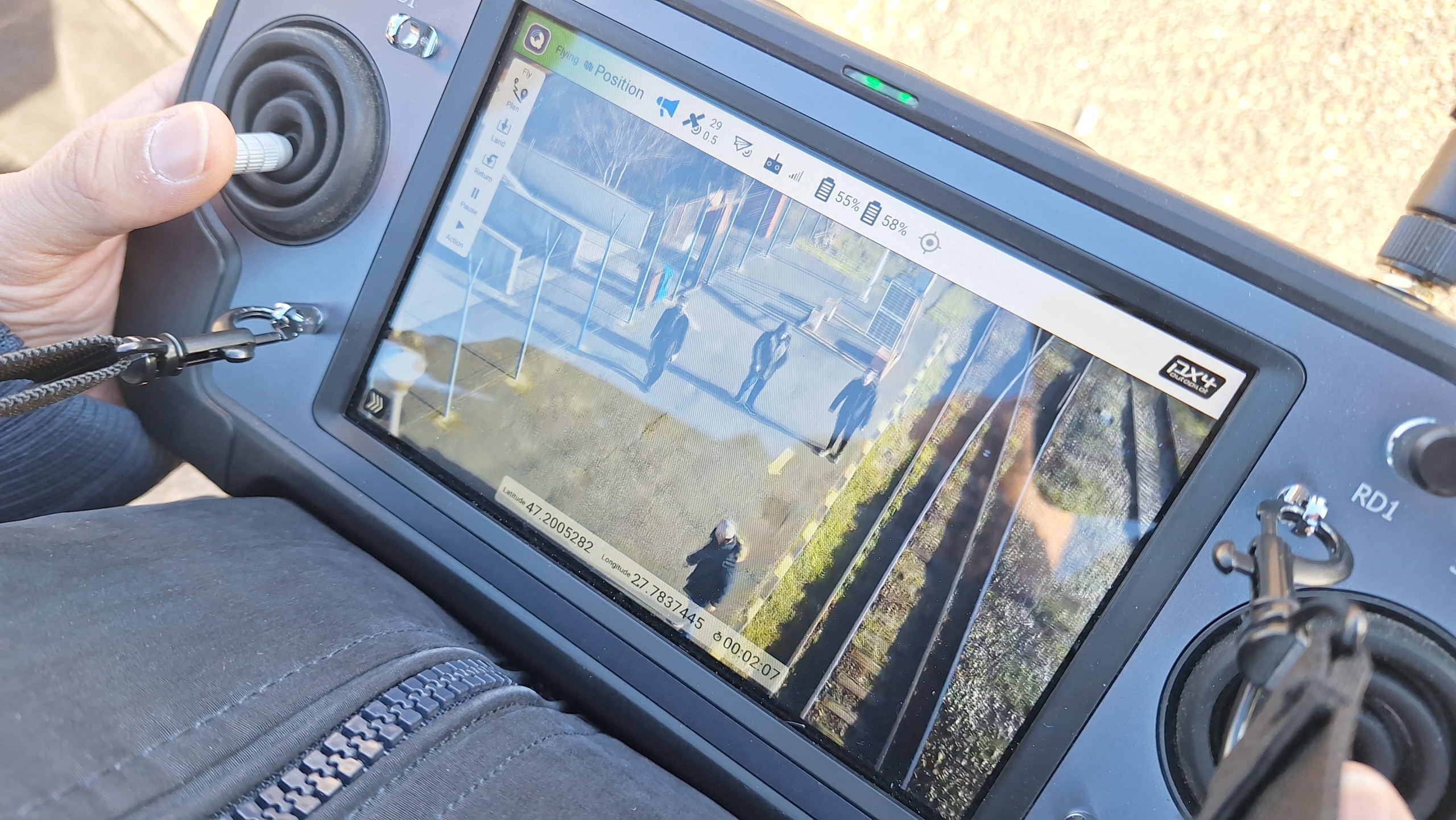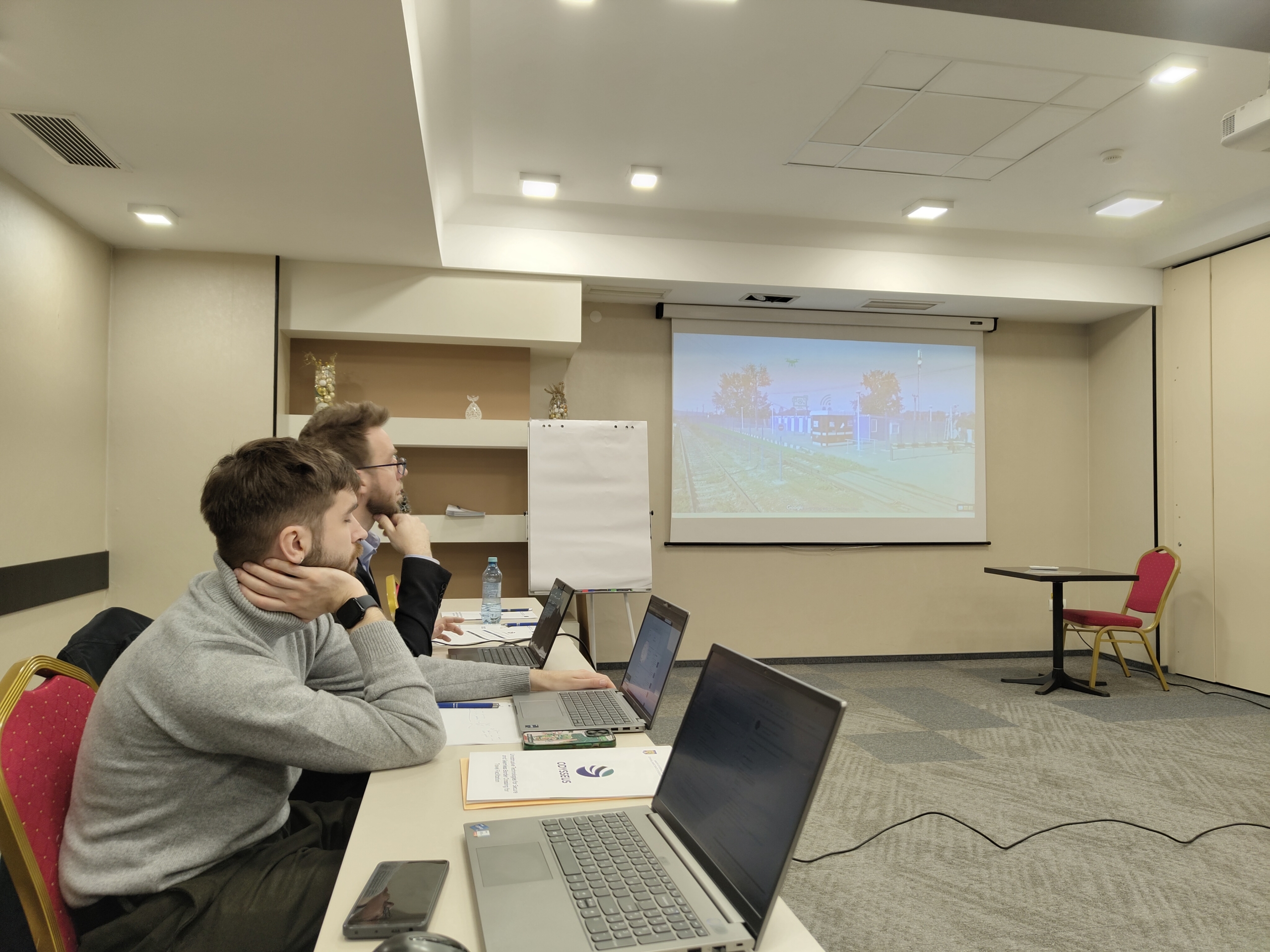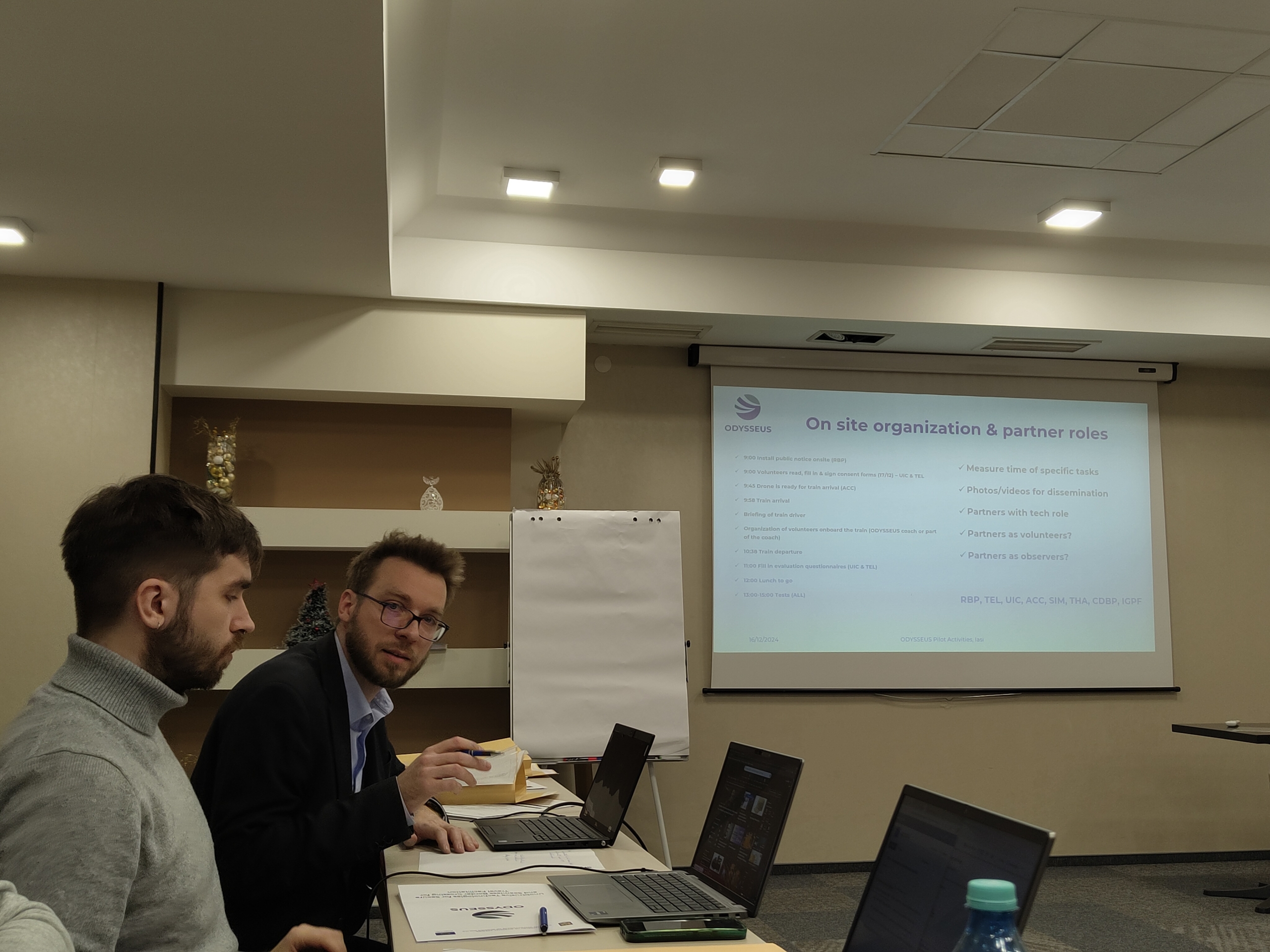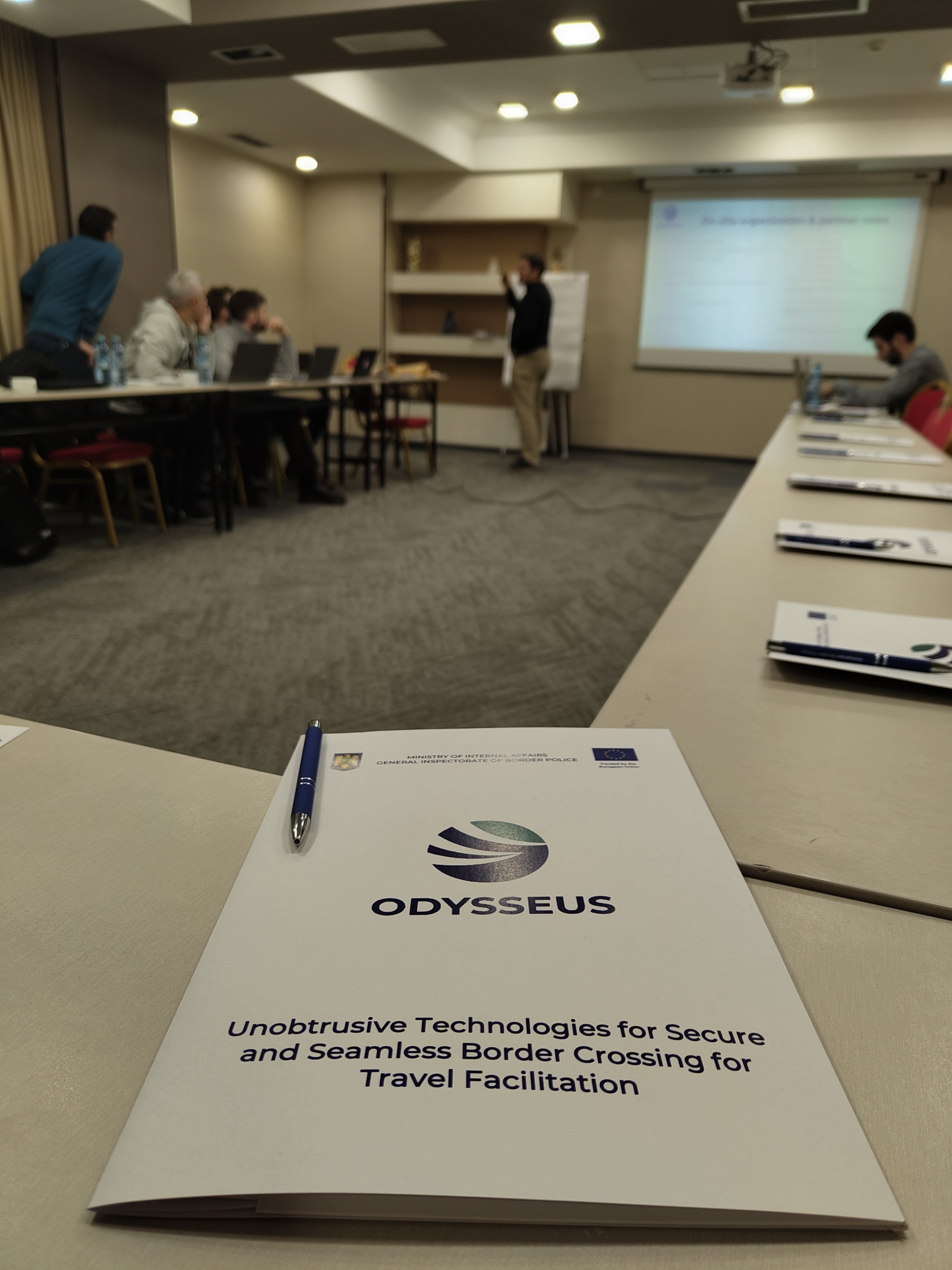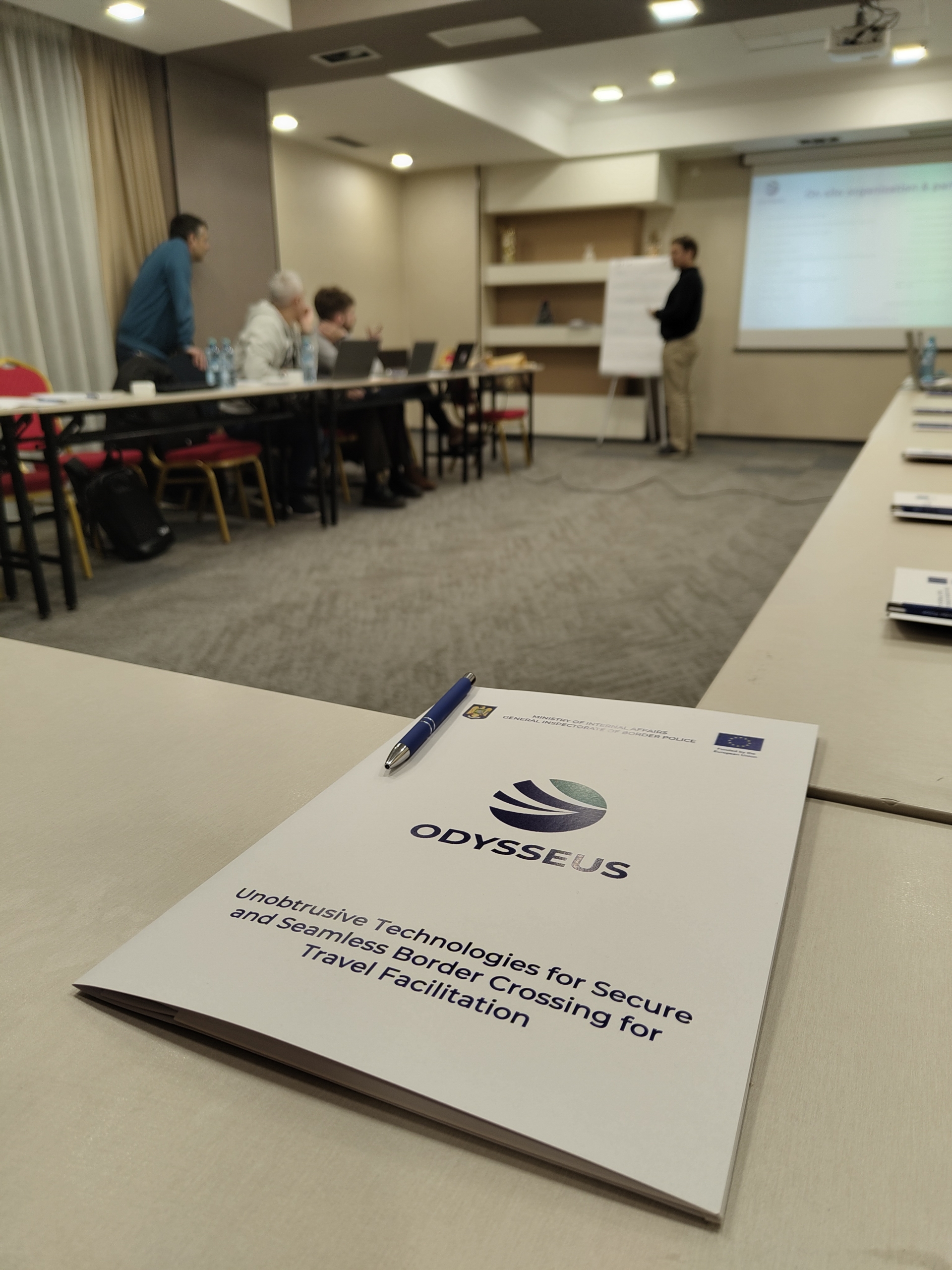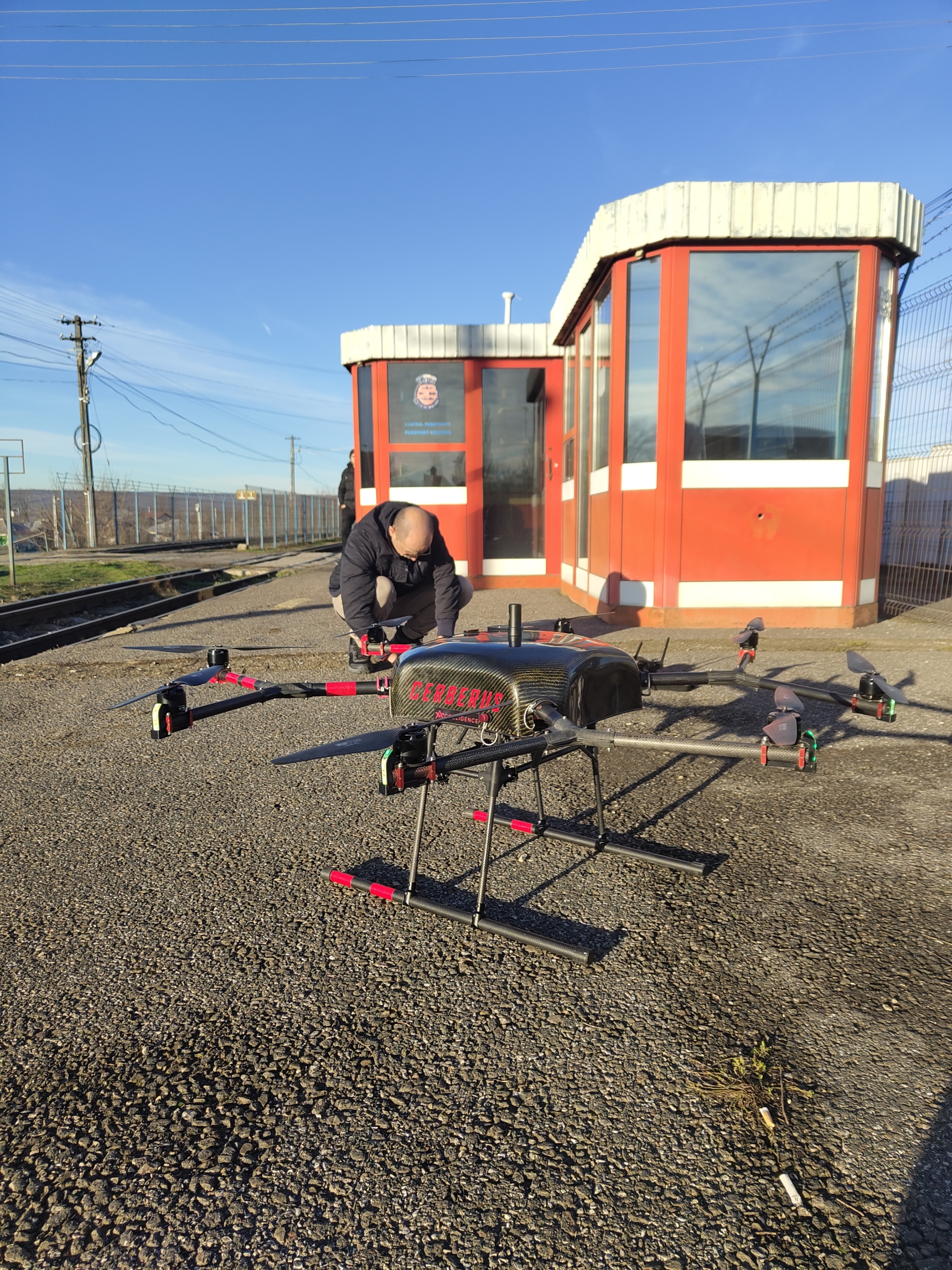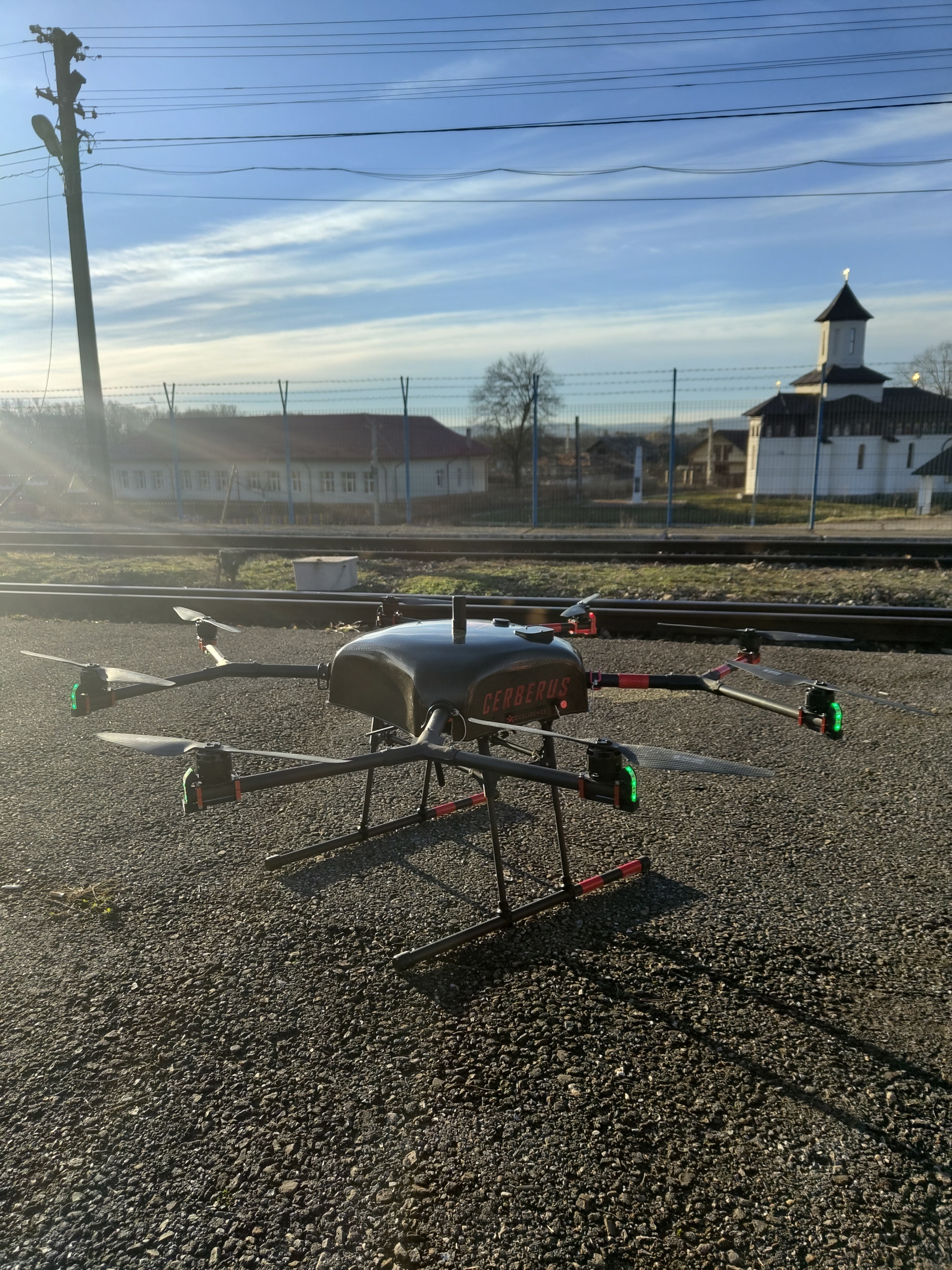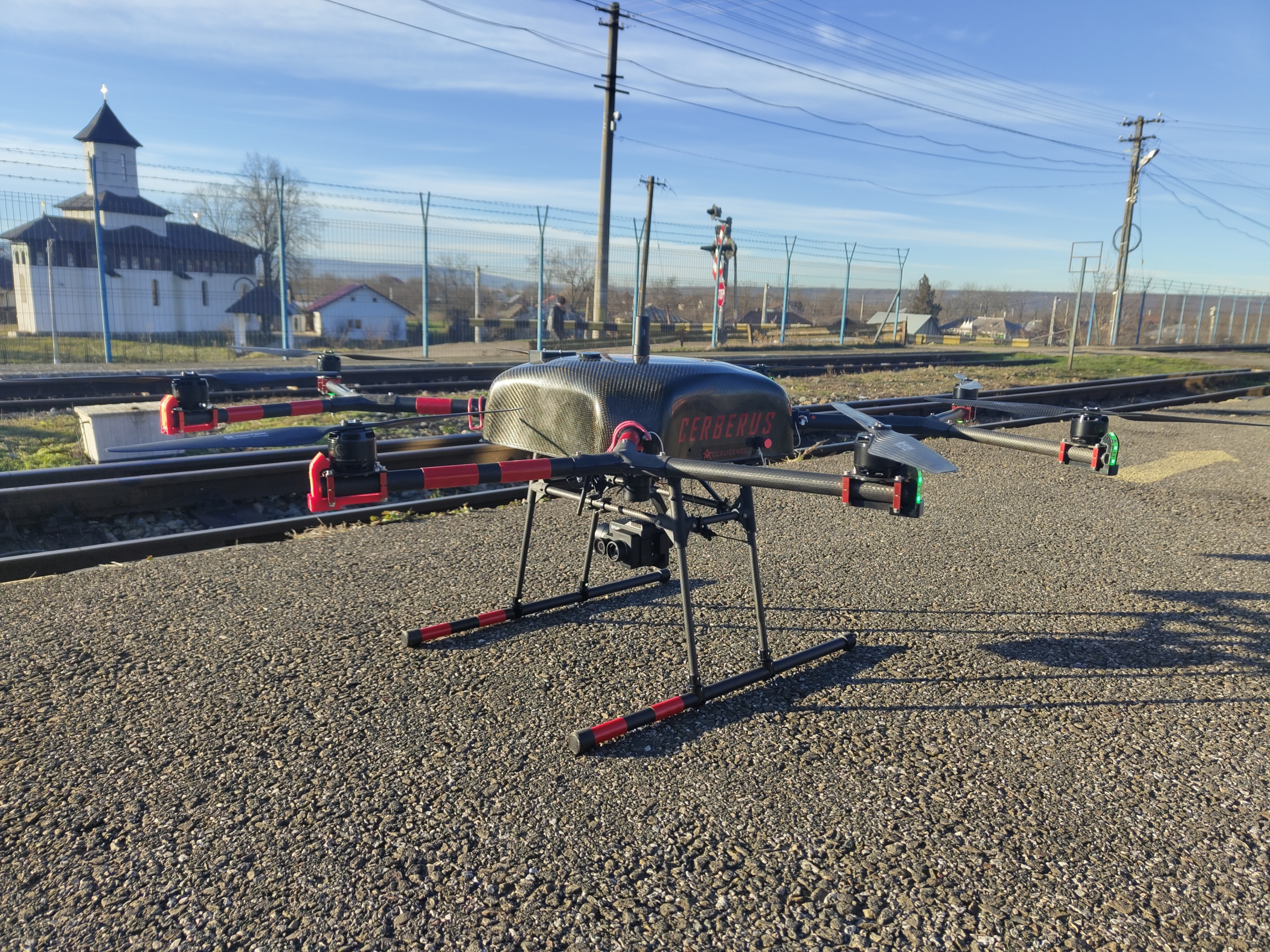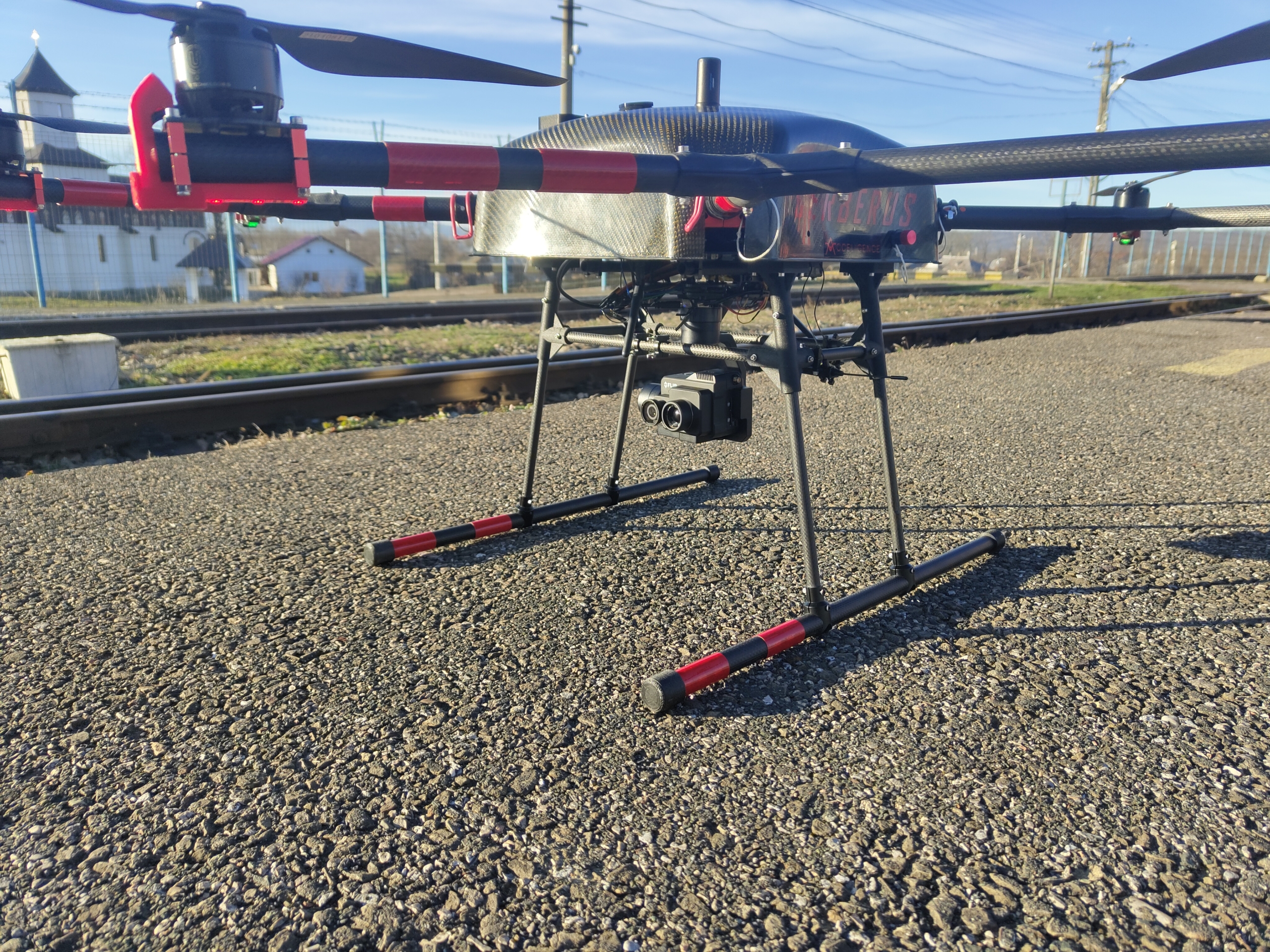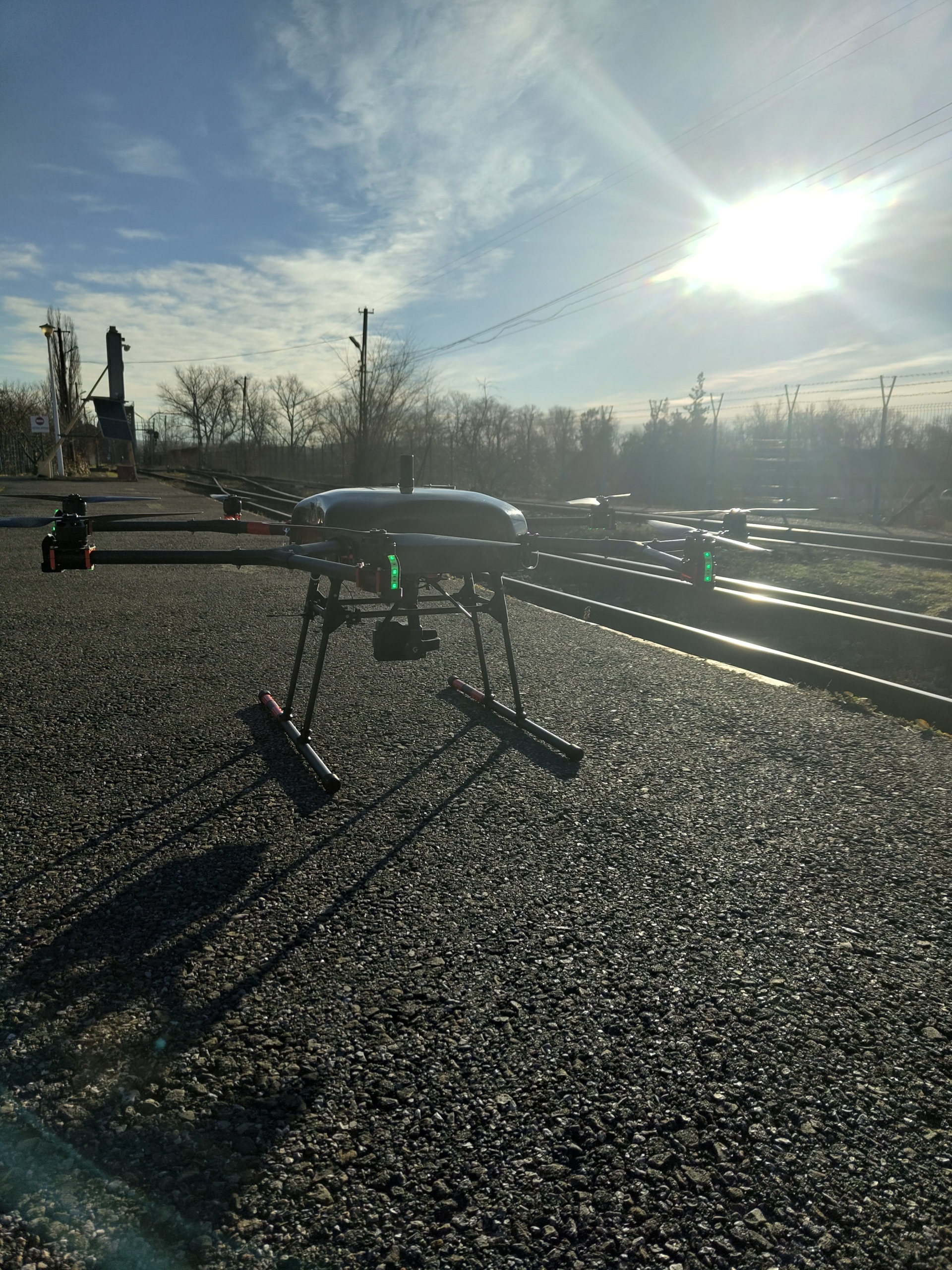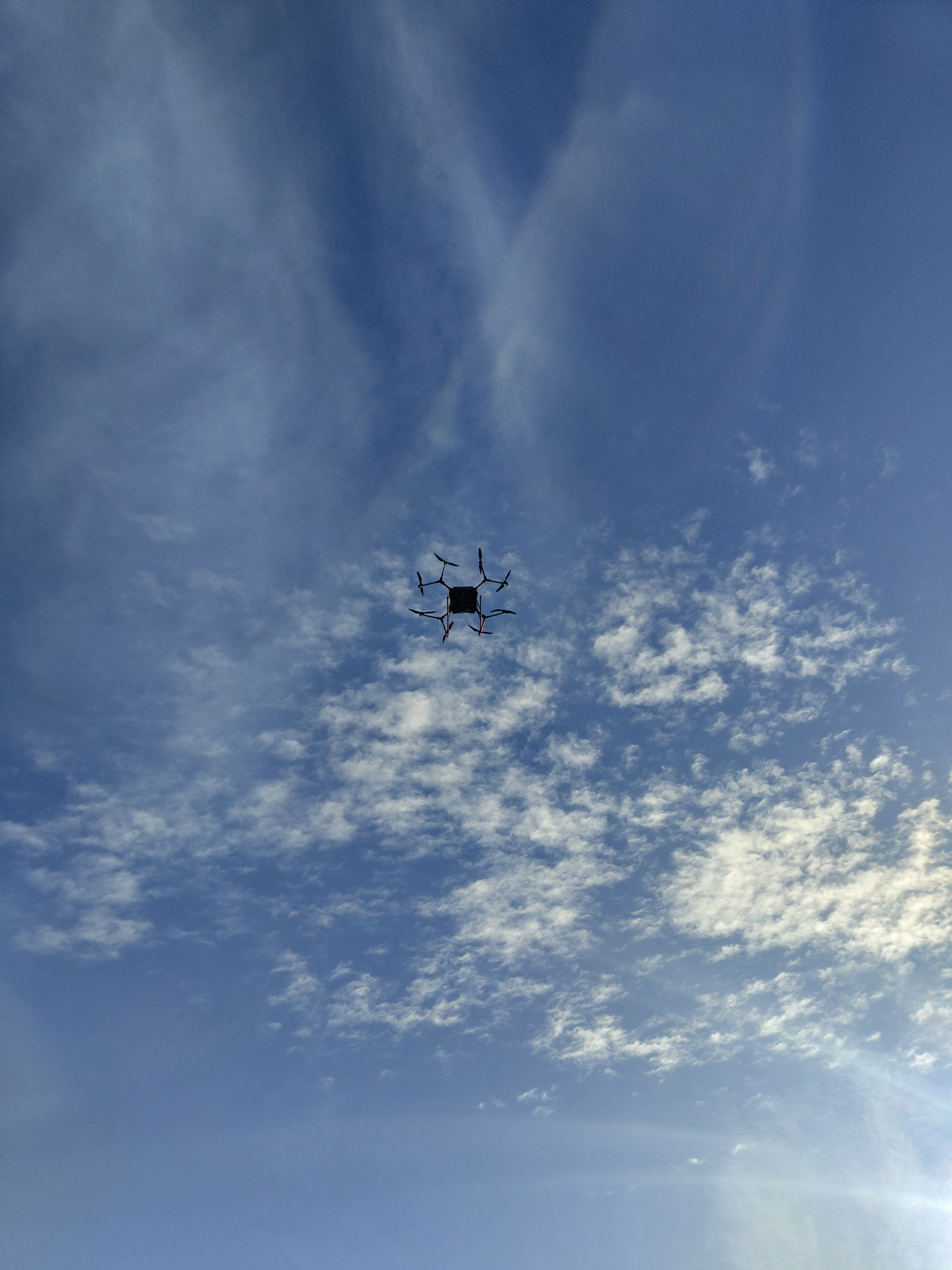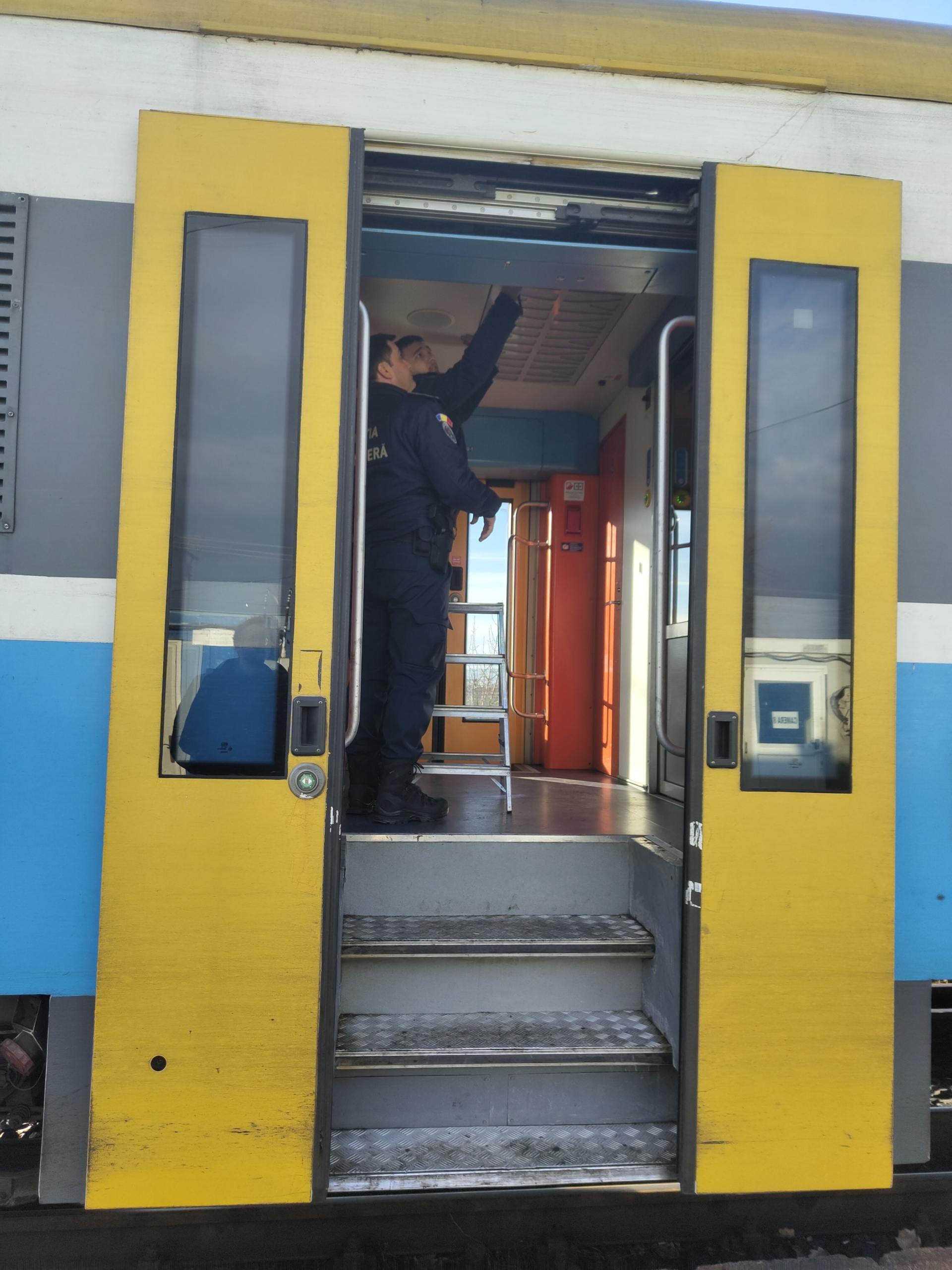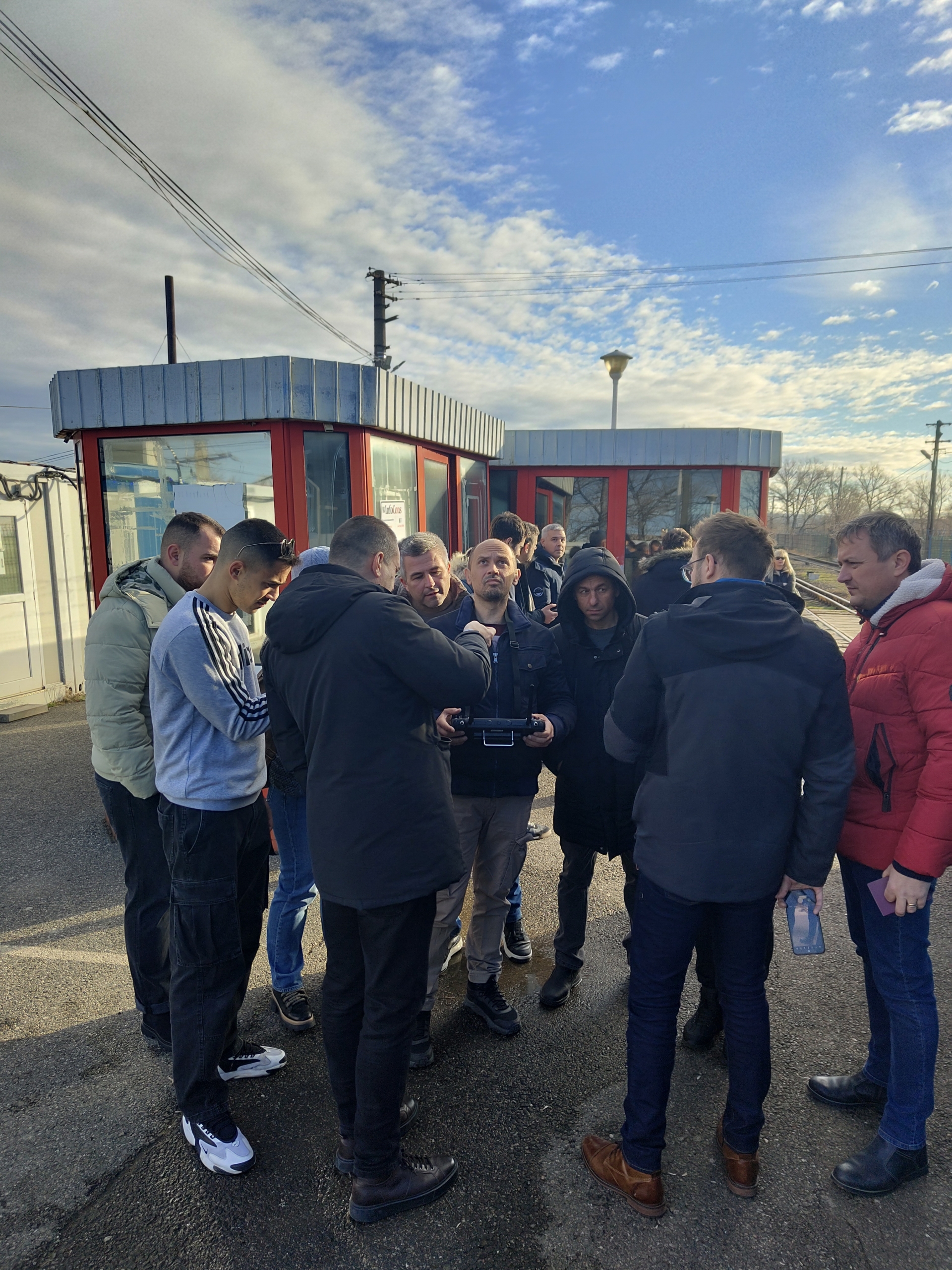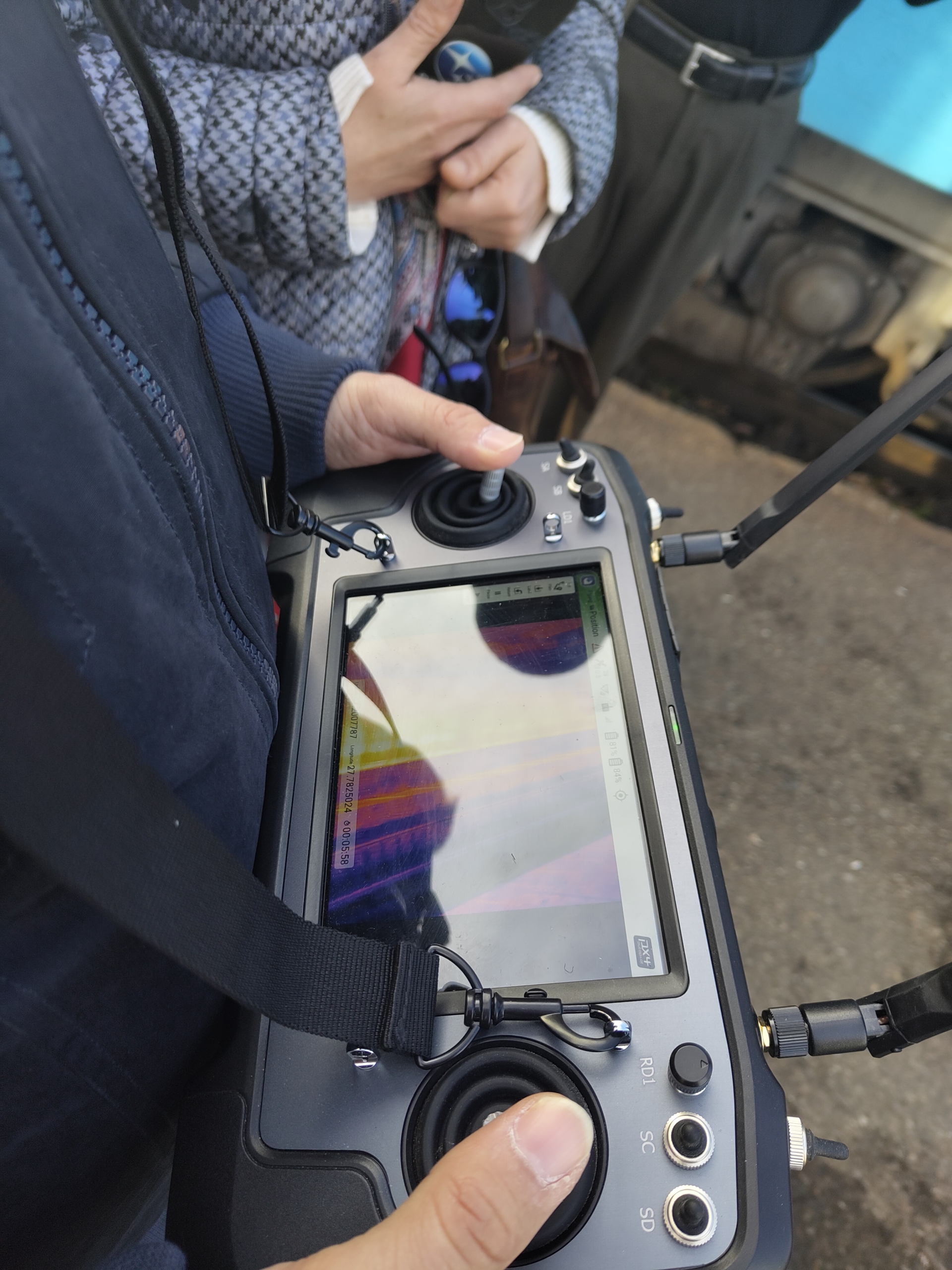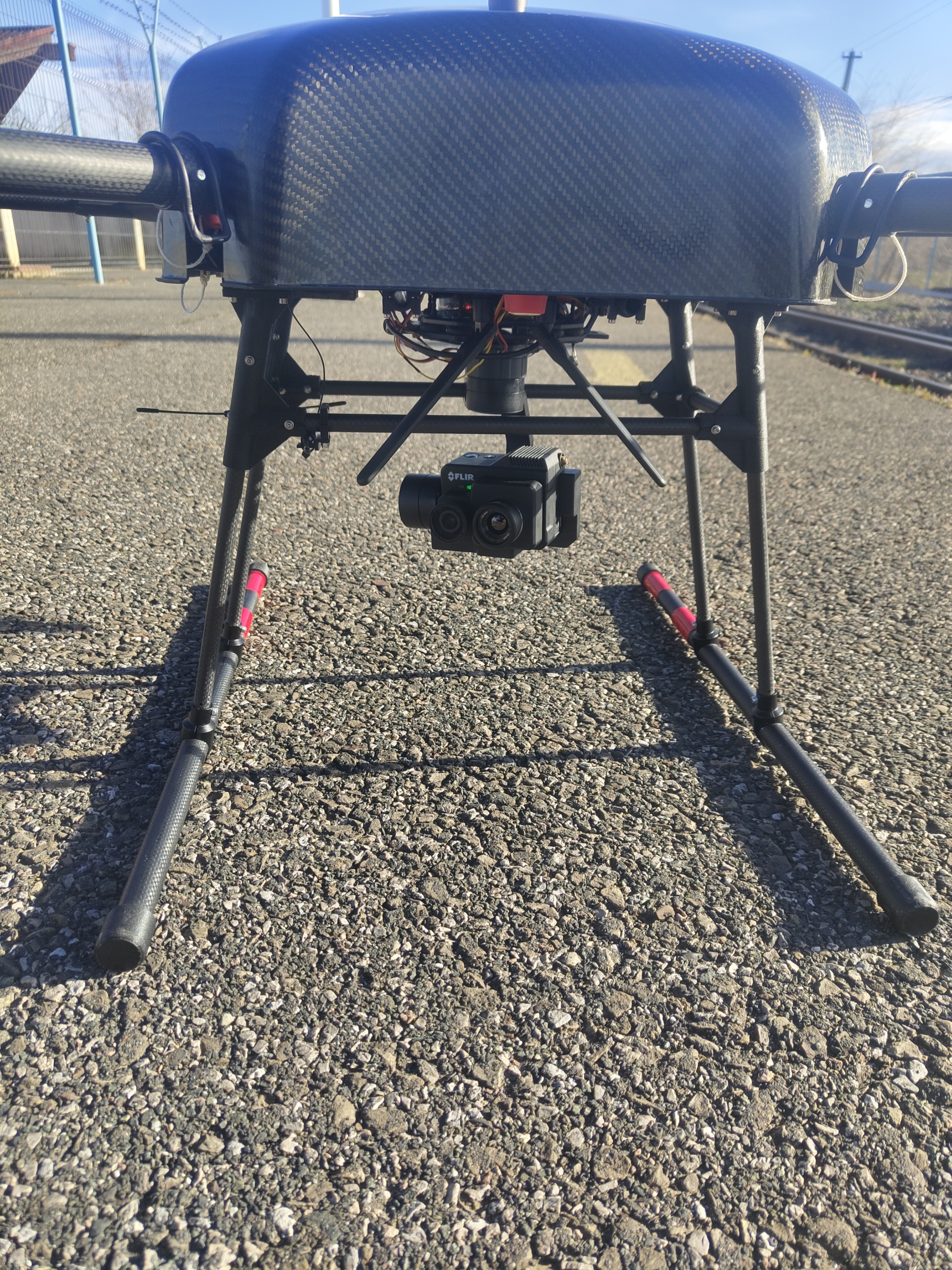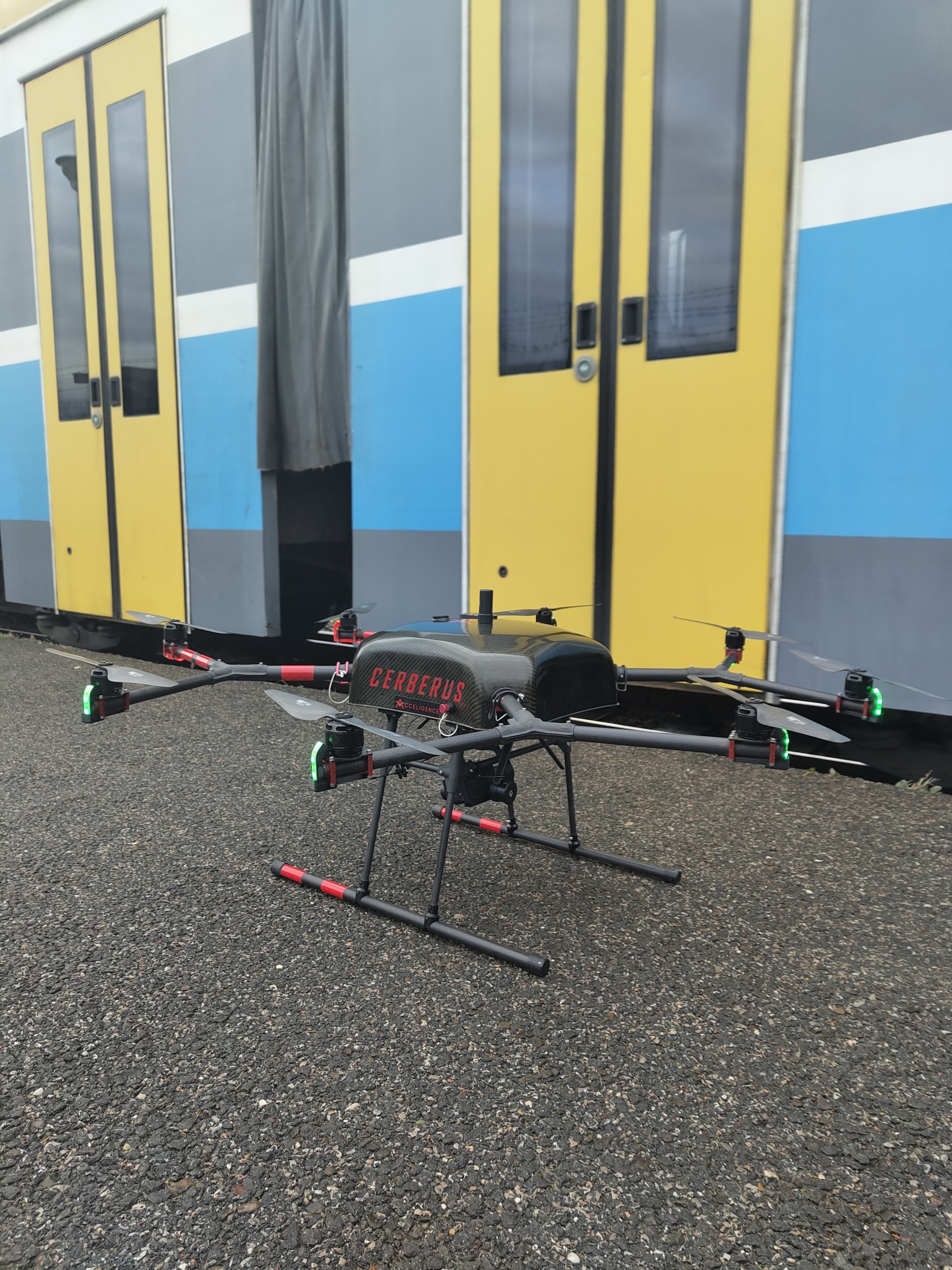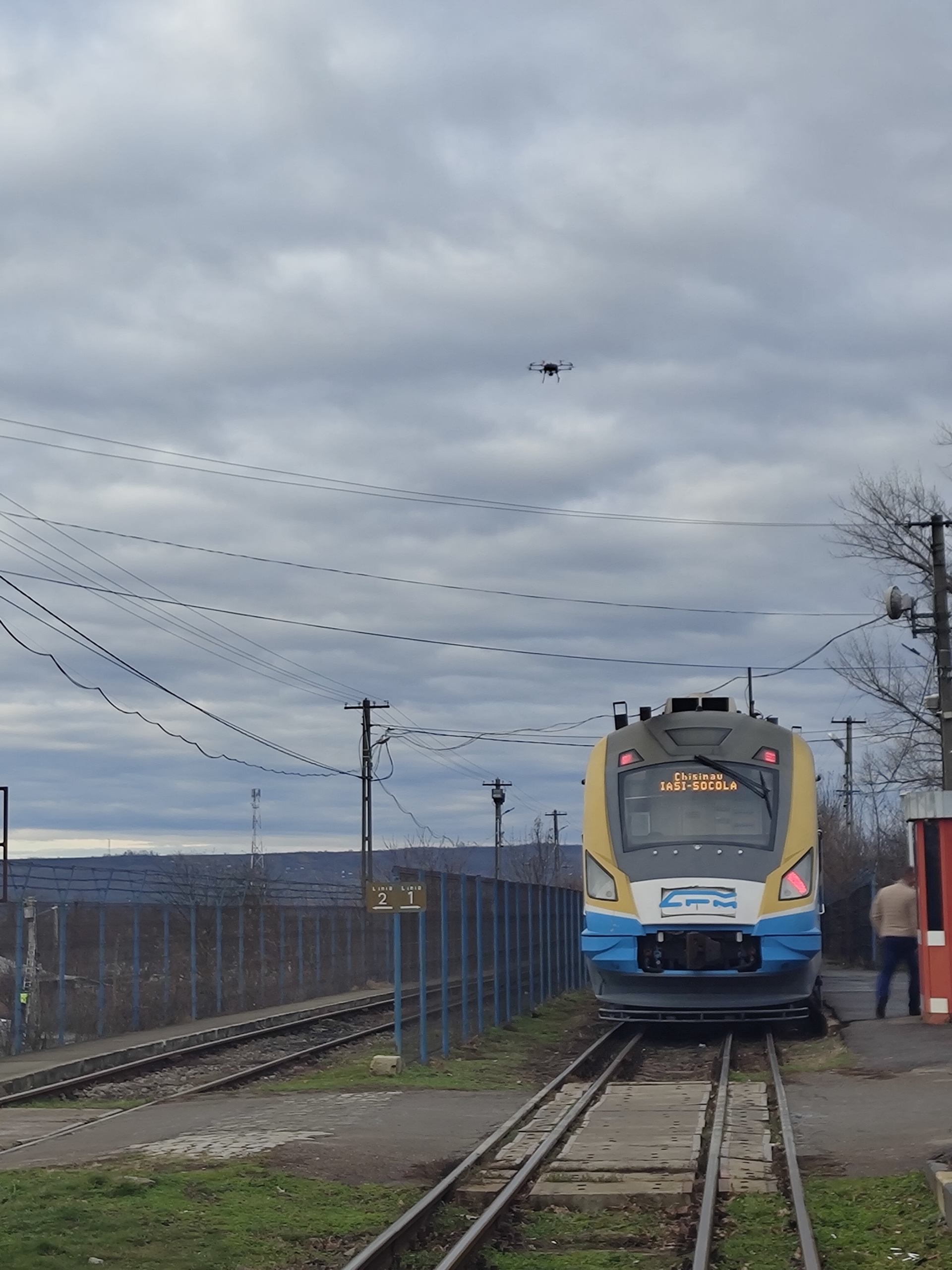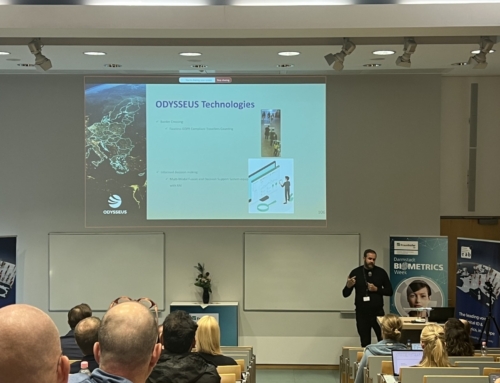The ODYSSEUS project, funded under Horizon Europe, is advancing the development and testing of cutting-edge technologies to enhance border security and improve operational efficiency. As part of this effort, two significant pilot activities – Land Pilot 1 – Albita and Passenger Train Pilot – Ungheni – were carried out in December 2024. These pilots are crucial steps towards evaluating the real-world application of the ODYSSEUS technologies, which aim to transform border control operations across Europe.
ODYSSEUS Passenger Train Pilot – Ungheni
From 16 to 18 December 2024, the Passenger Train Pilot took place at the Ungheni rail border crossing point between Romania and Moldova, marking the official start of the first implementation phase of the ODYSSEUS project in a railway environment.
The passenger train pilot, led by the International Union of Railways (UIC) and hosted by the Romanian Border Police (RBP), tested several innovative solutions designed to improve security and efficiency at rail border crossing points under real-life operational conditions on a passenger train.
The key technologies tested during this phase included:
• UAV-assisted person detection, using thermal and RGB high-resolution cameras to identify concealed individuals on the exterior of the trains at border crossing points.
• Digital and virtual passport integration to enable faster and more efficient identity verification for travellers.
• AI-powered continuous behavioural authentication to enhance the ability to identify security risks through behavioural analysis.
• Multi-modal fusion decision support system designed to integrate data from various sources to provide comprehensive and accurate situational awareness for border control officers.
The testing took place through several operational scenarios co-defined by RBP and UIC, including onboard identity verification using handheld devices and UAV-assisted surveillance to detect unauthorised individuals hidden outside the train. The verification at border booths with fixed systems is planned for the next phase of the pilot.
This pilot was an important milestone for the ODYSSEUS project, demonstrating that these technologies can significantly enhance the efficiency and effectiveness of rail border operations. The results will now be assessed based on key performance indicators (KPIs) to measure their impact on the overall security and performance of border checks.
Land Pilot 1 – Albita: Optimising Border Crossings
The ODYSSEUS Land Pilot 1, conducted at the Albita road crossing point, focused on optimizing logistics workflows at the border and enhancing security. A drone equipped with the FLIR DUO PRO R sensor, capable of capturing both thermal and high-resolution RGB imagery, streamlined and improved the security of the boarding procedure by performing license plate recognition and thermal people counting in cars to verify that the information registered in the ODYSSEUS platform was accurate.
In addition, the pilot tested pre-registration systems for passengers, as well as passport verification at the borders, which allowed for faster processing times and smoother border crossings. The ability to pre-register and verify passengers digitally reduces delays, improving the overall efficiency of the border crossing process.
This digital transformation not only streamlines the workflow for border police authorities – reducing manual checks and administrative burden – but also enhances the travel experience for passengers by minimising wait times and ensuring a more predictable, hassle-free journey.
The success of both pilot activities is due to strong collaboration between consortium partners. For example, the Border Police of Romania played a key role in hosting both events and the Border Police of Moldova participated as observers. UIC, as train pilot leader, prepared the organization of the passenger train pilot, articulating the needs of law enforcement and rail sector. ISIG prepared ethics documentation for the pilots. Special thanks to Telesto for overseeing the activities in line with other project pilots, and to all those who actively contributed to the preparation of the initial phase of the train pilot.
These partnerships ensure the technologies are tested in realistic conditions, which provide valuable insights for further development and refinement. The results from the first implementation phase of the train pilot and Land Pilot 1 will be evaluated against the project’s KPIs to assess their impact on border crossing efficiency and security.
Looking ahead, the second phase of the ODYSSEUS train pilot is scheduled for summer 2025, where the solutions will undergo further testing and evaluation in a full operational environment. The success of these pilots marks an important step toward the wider deployment of these innovative technologies in border management systems across Europe.
The ODYSSEUS project continues to advance the future of border security, bringing together cutting-edge technologies and cross-border collaboration to improve border control operations. The pilots in Ungheni and Albita have shown promising results and are a critical part of the project’s efforts to modernise border management, making it safer, faster, and more efficient for everyone involved.
Check below for photos of the consortium in action.



